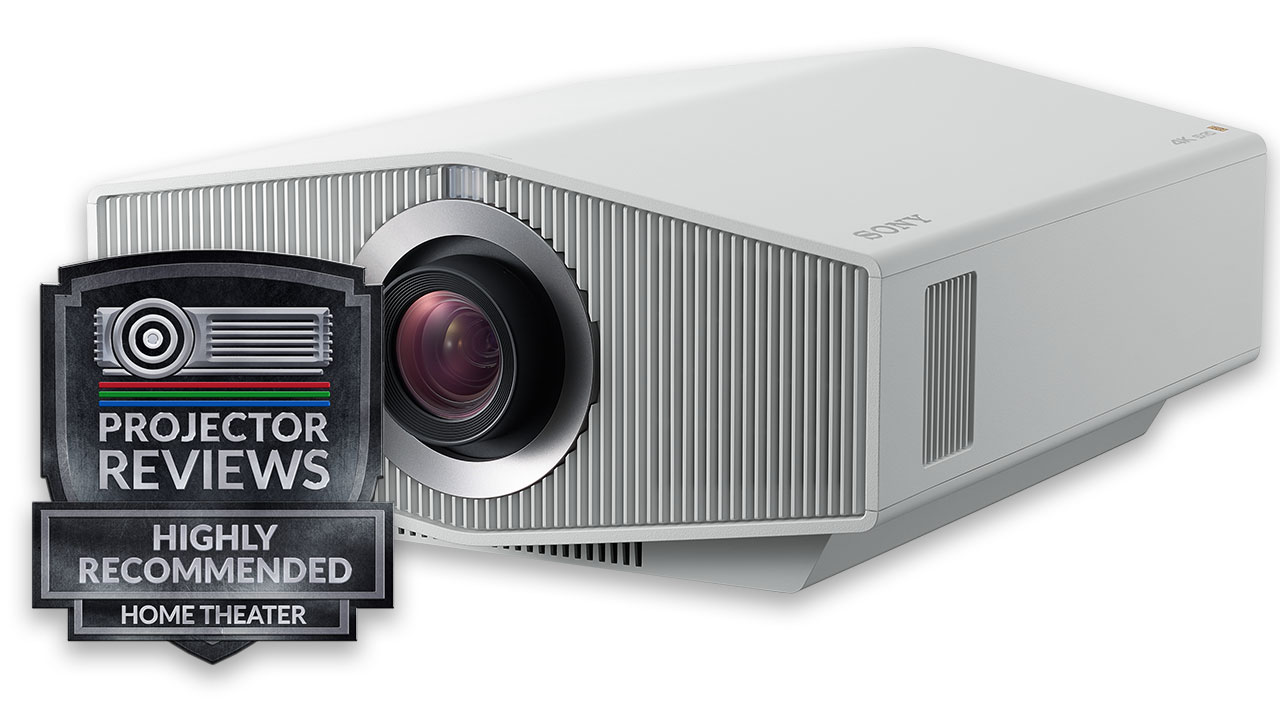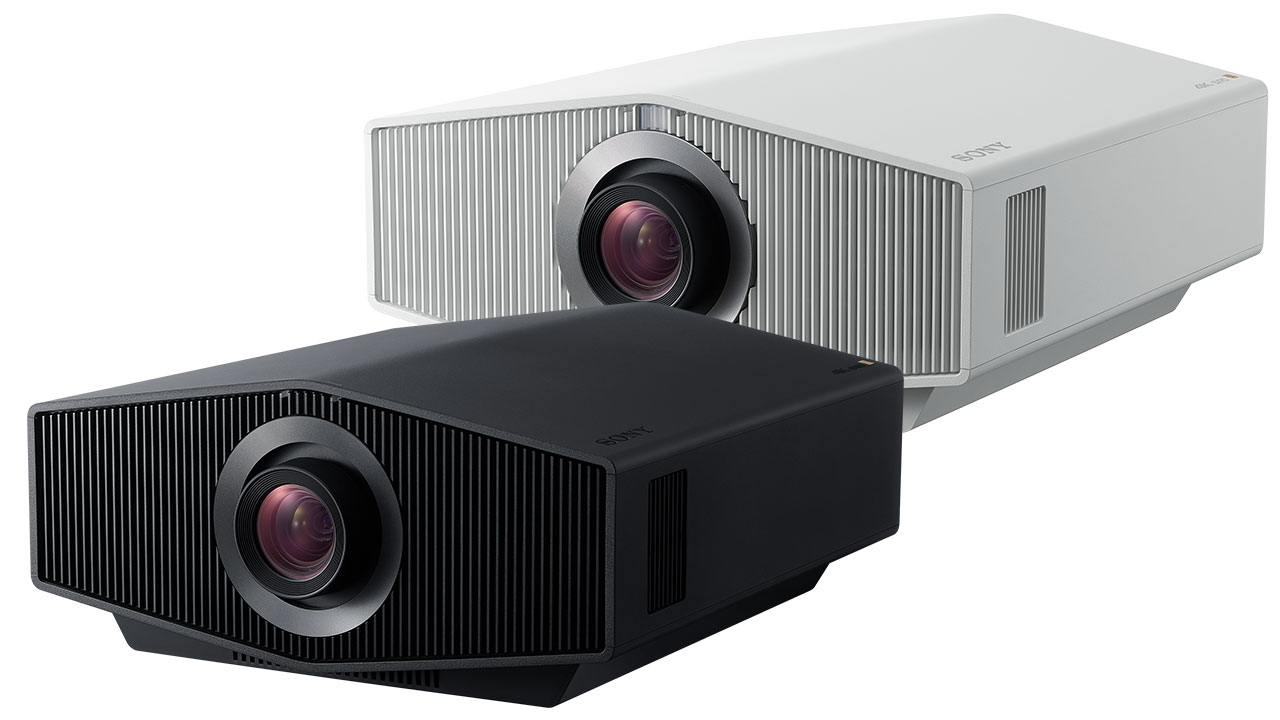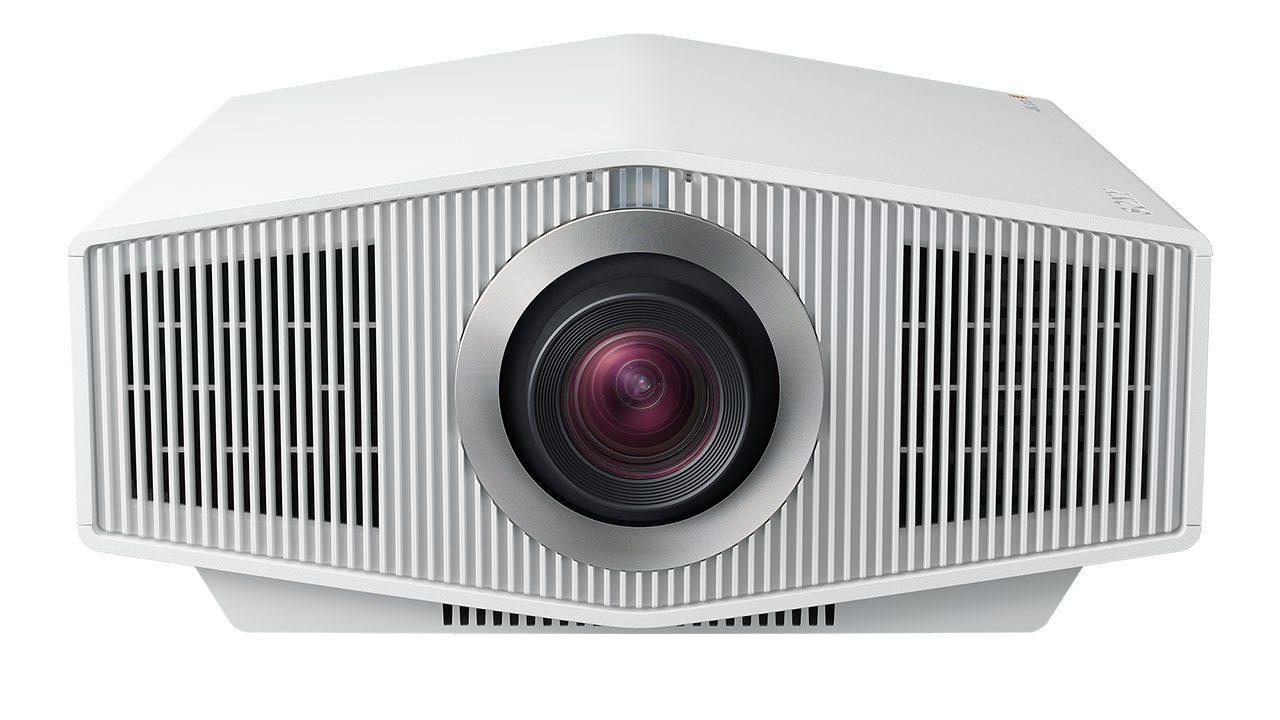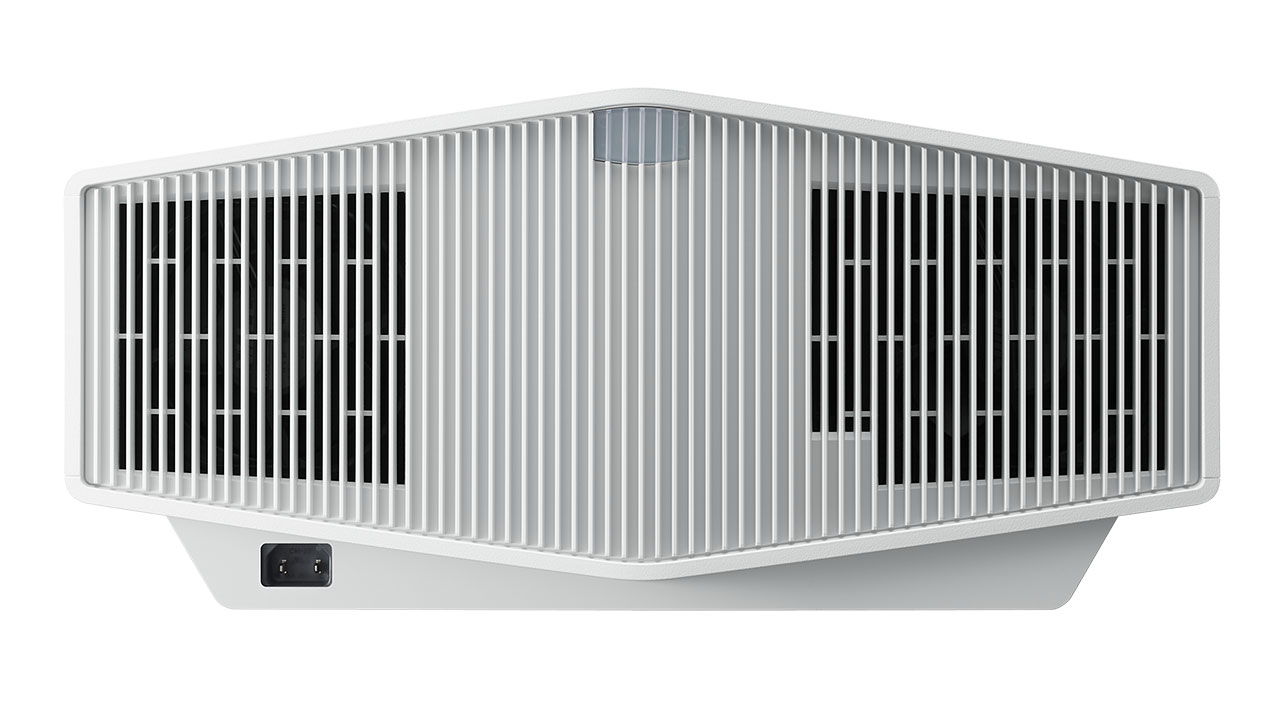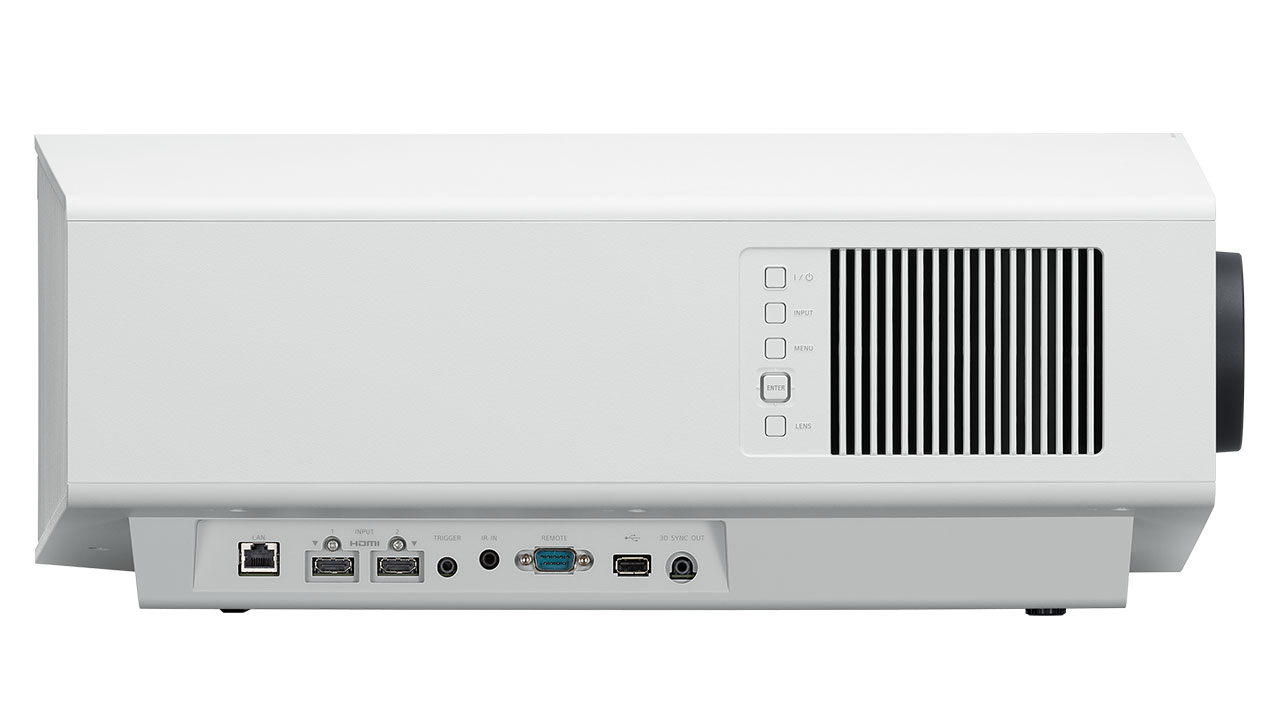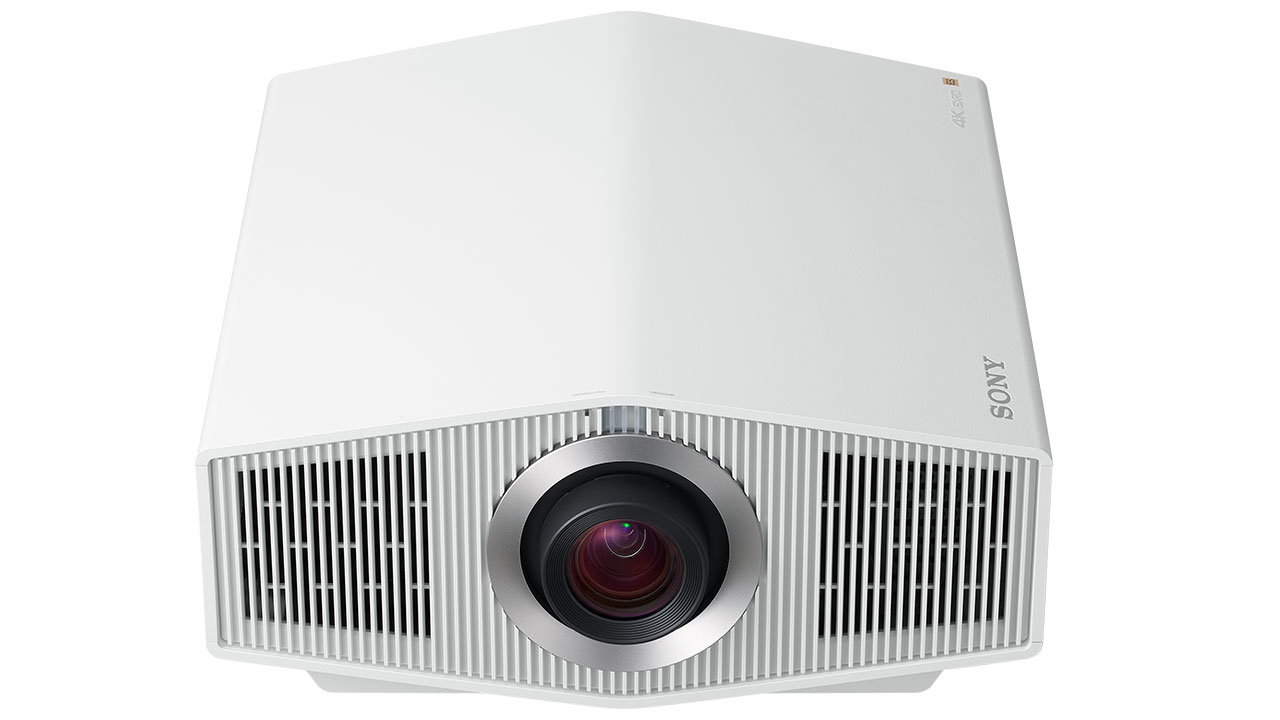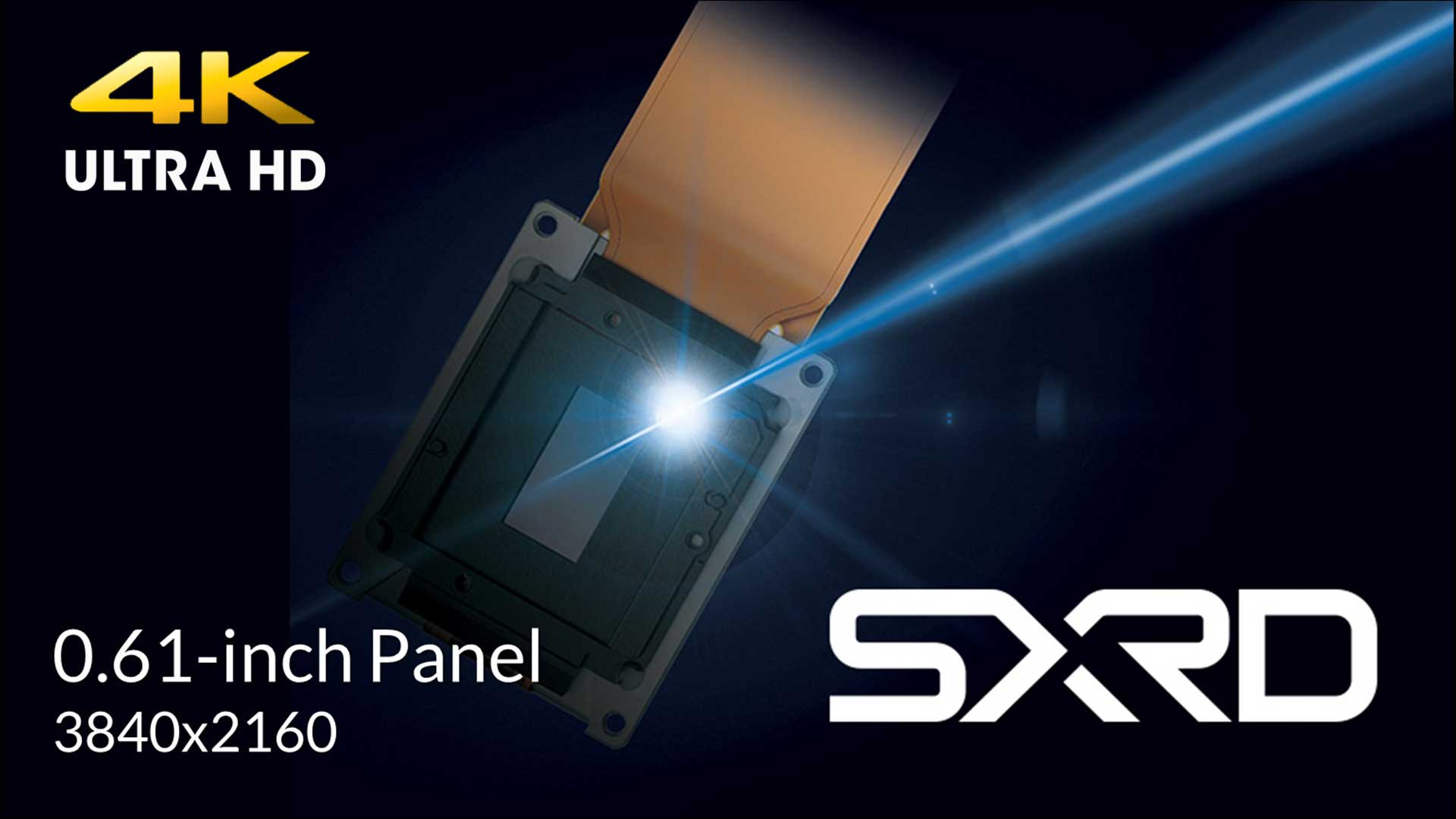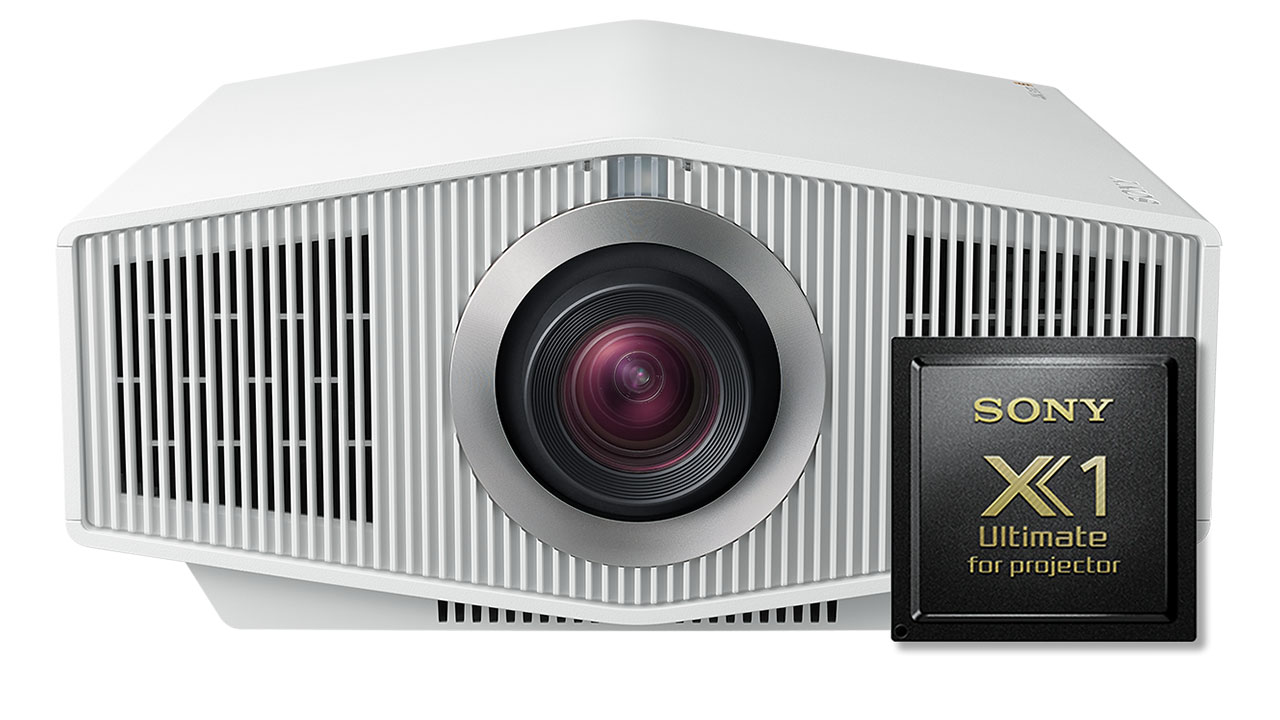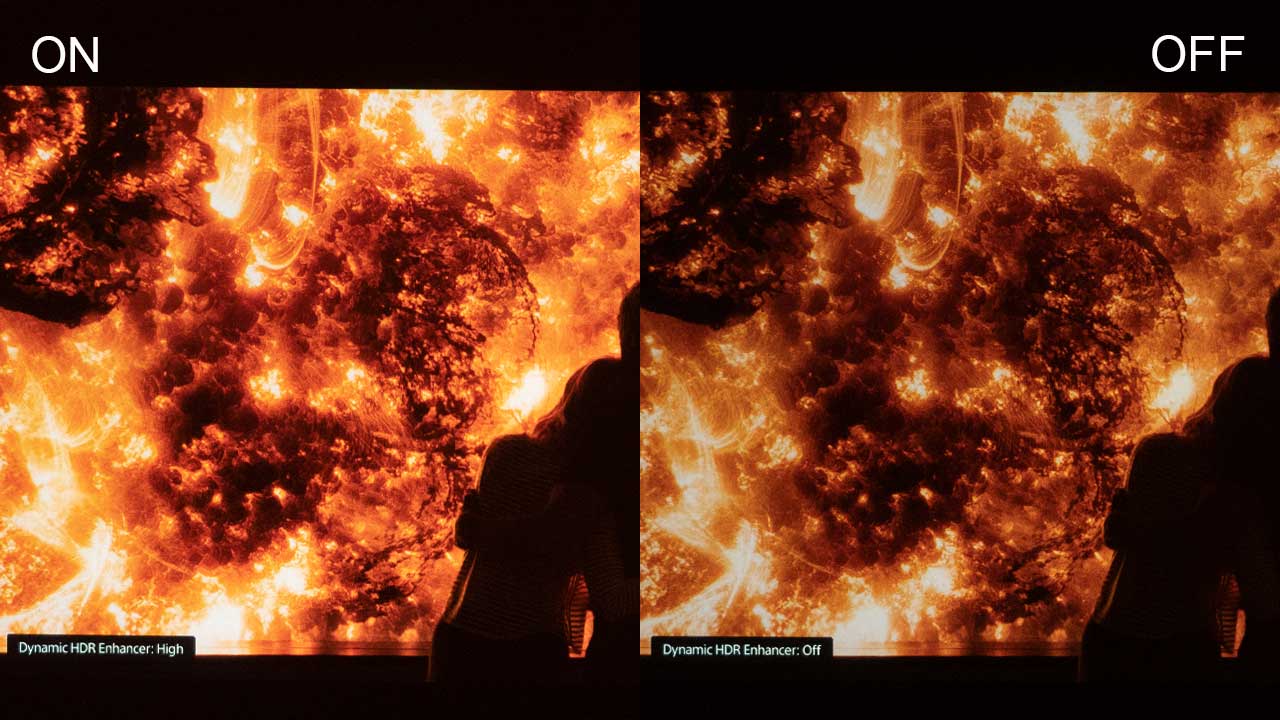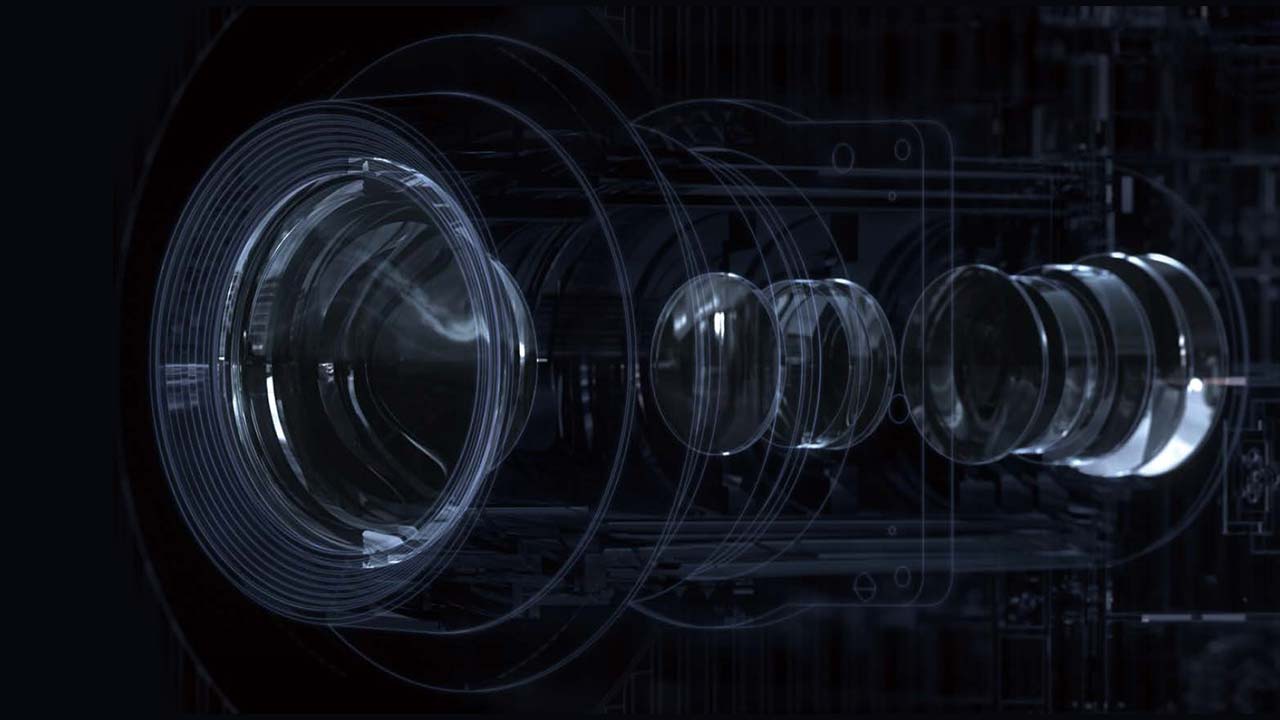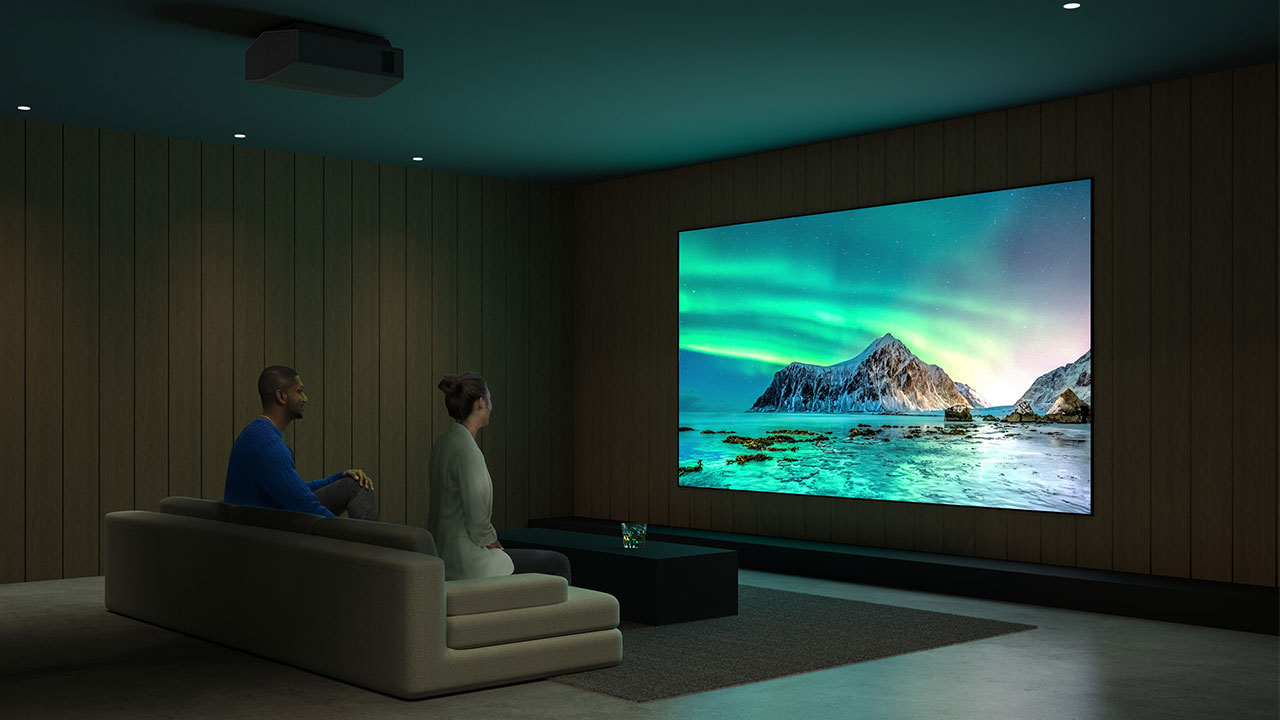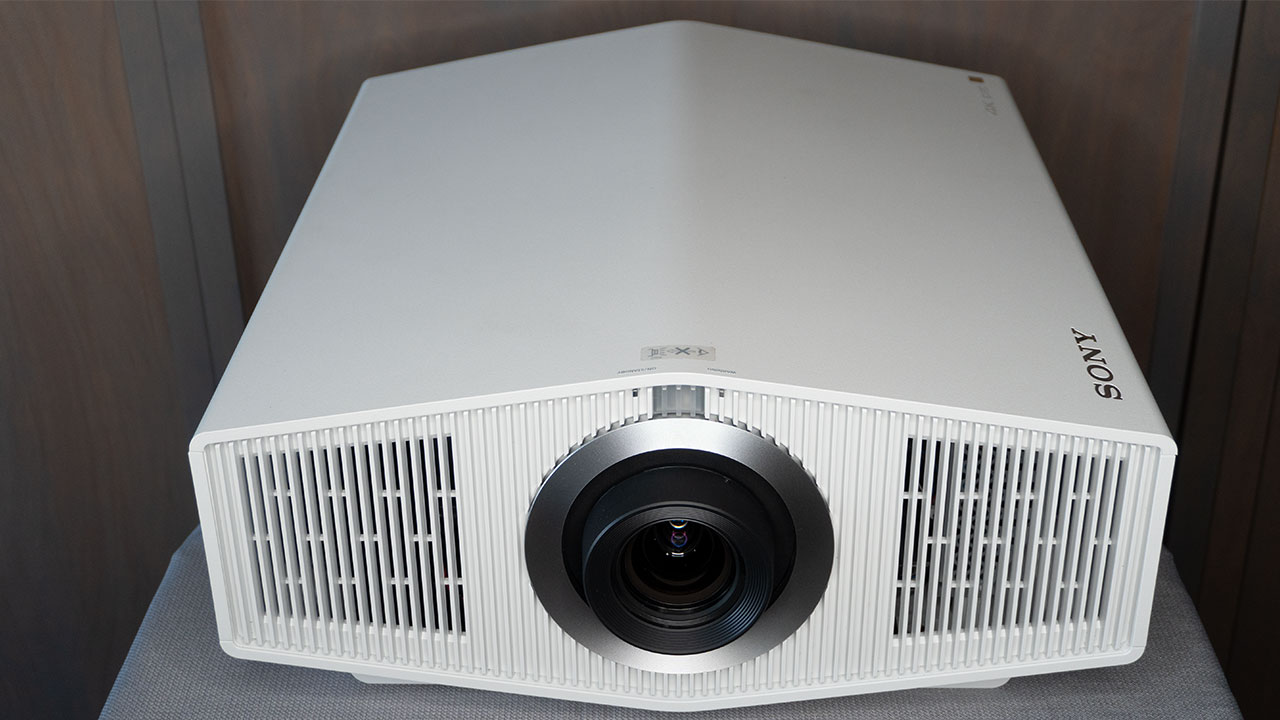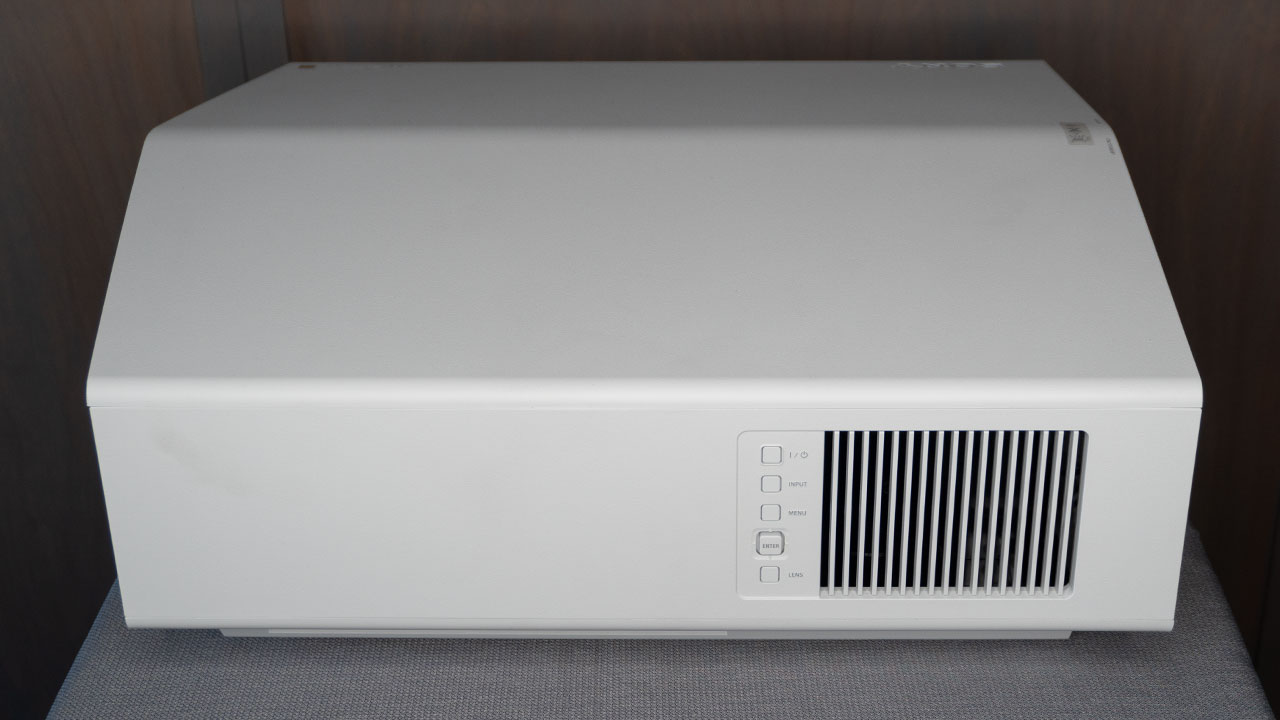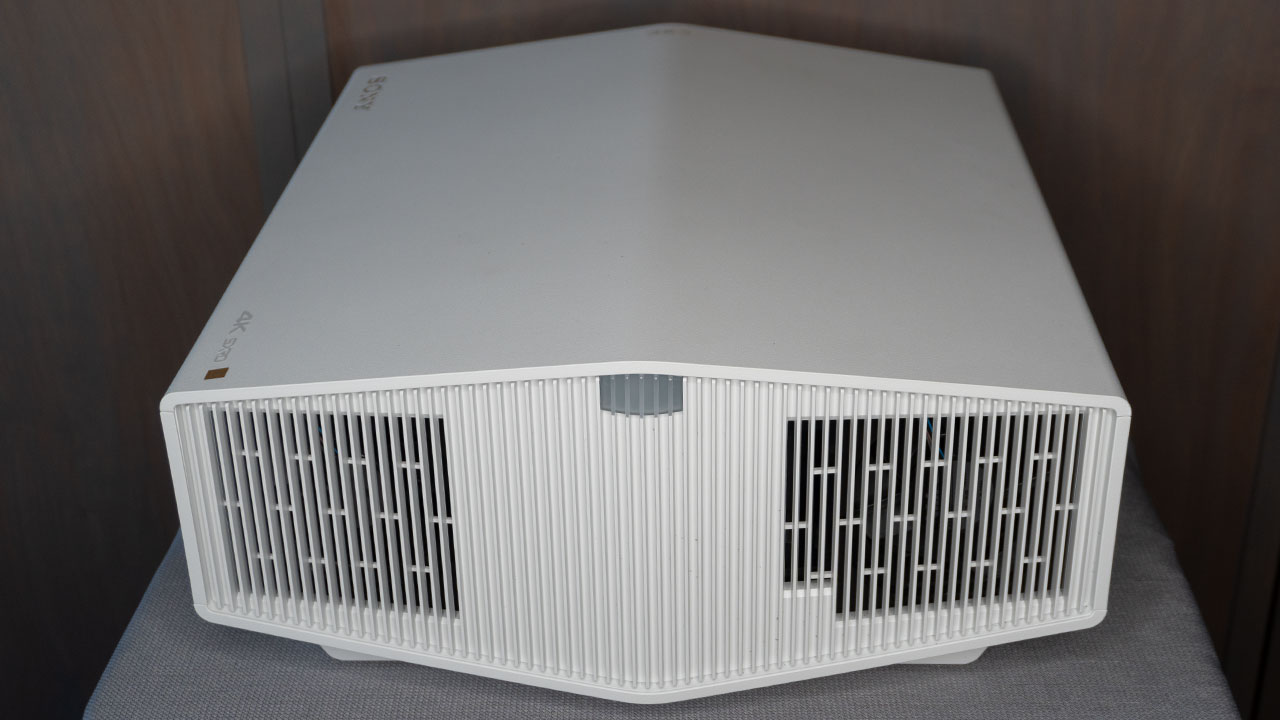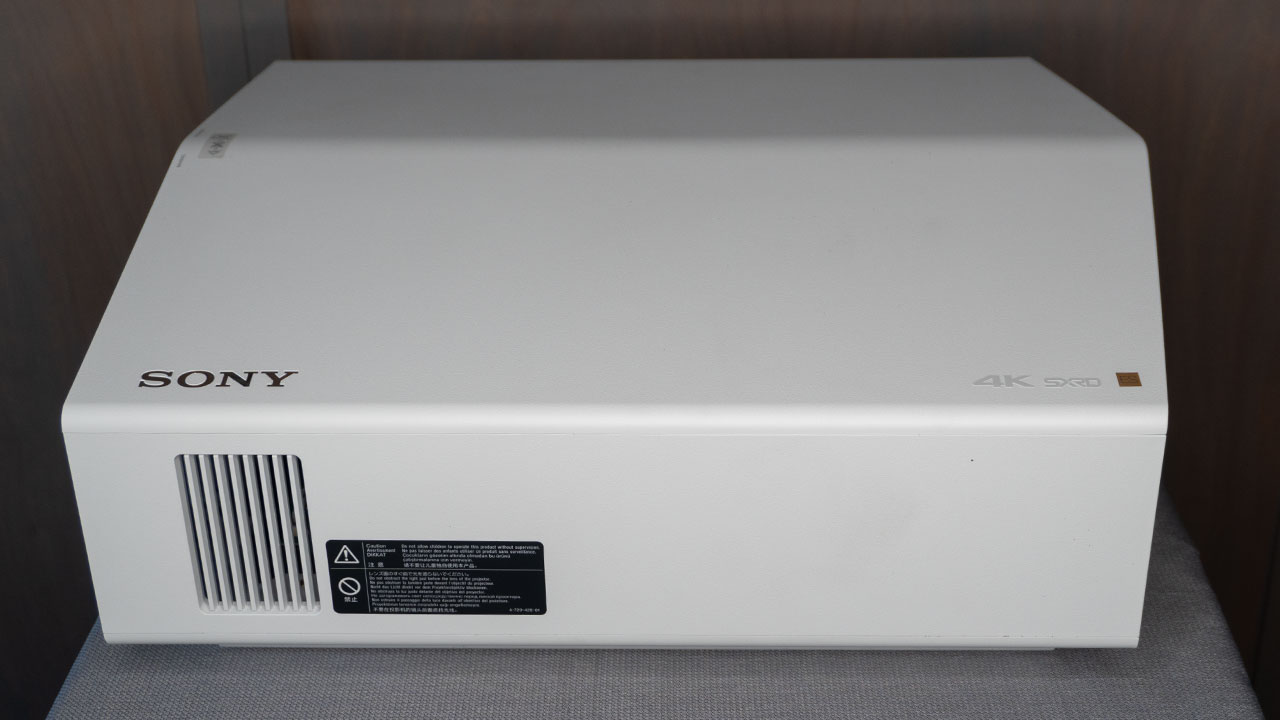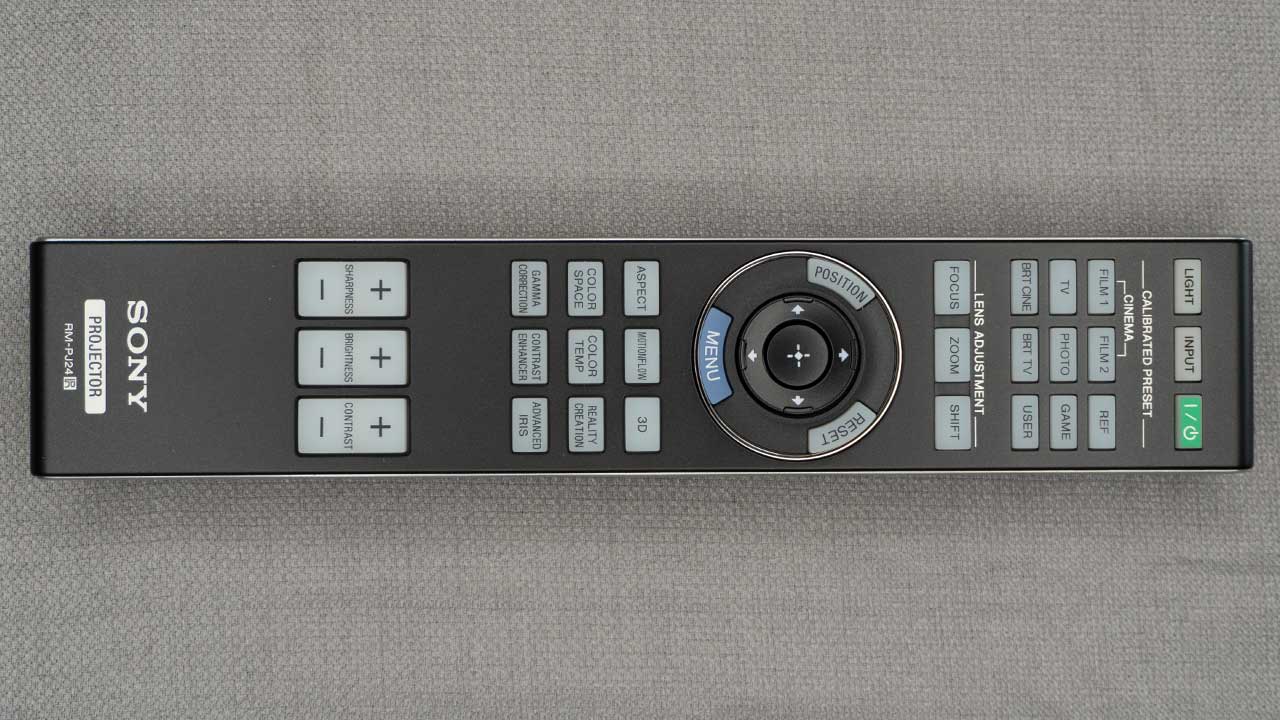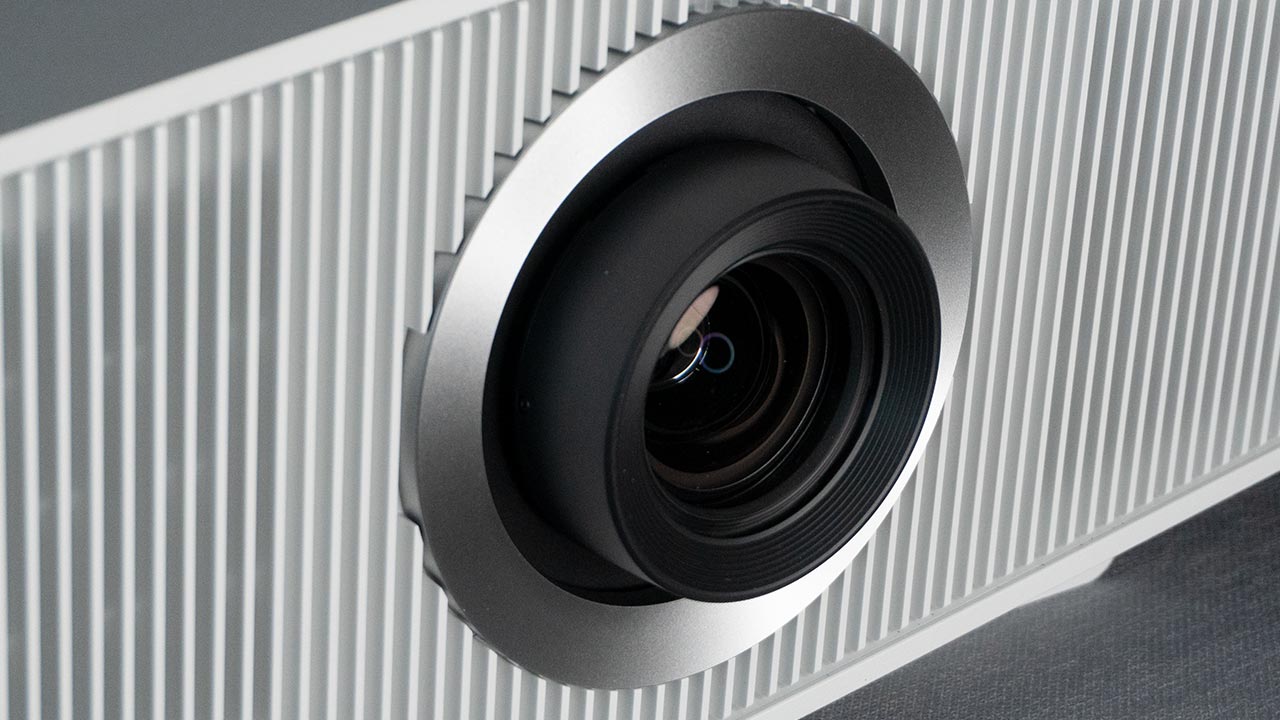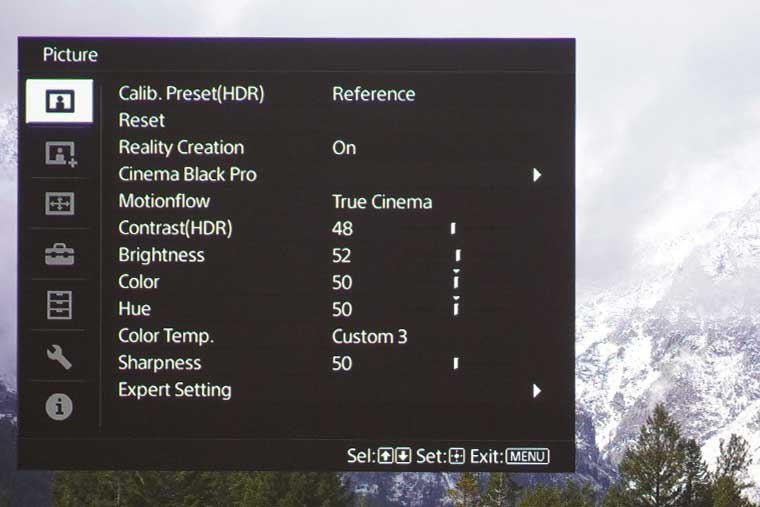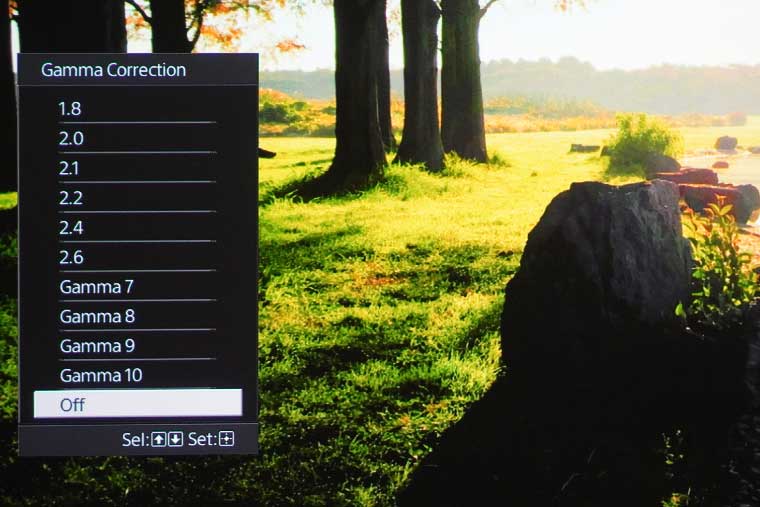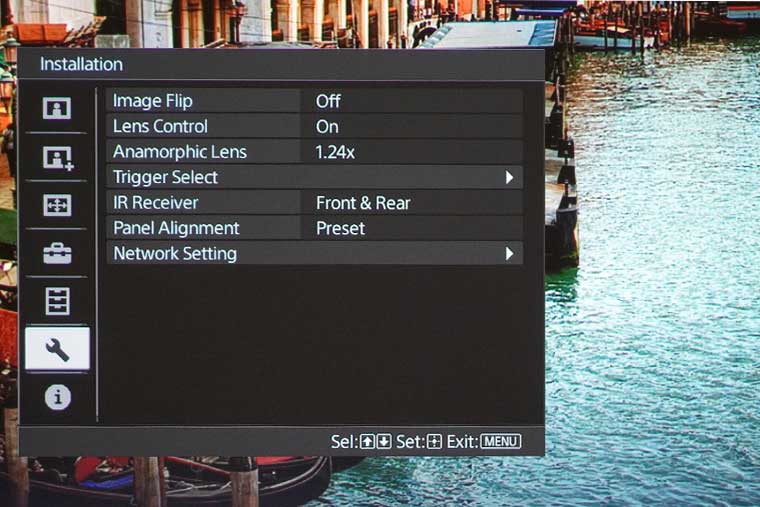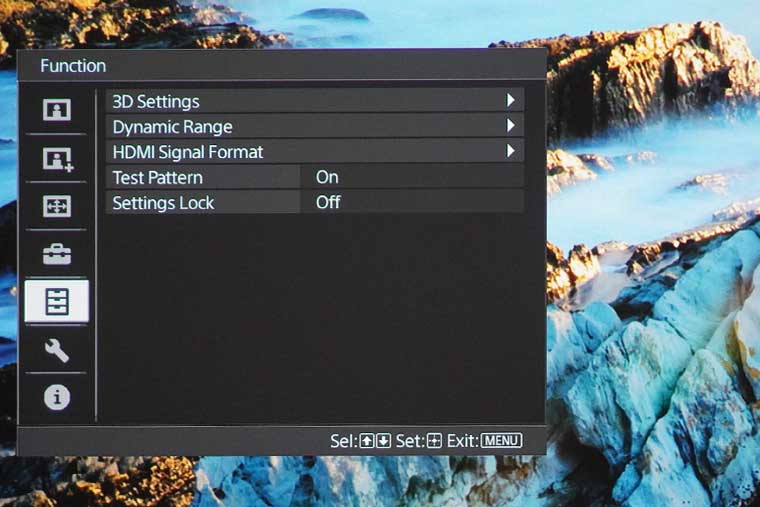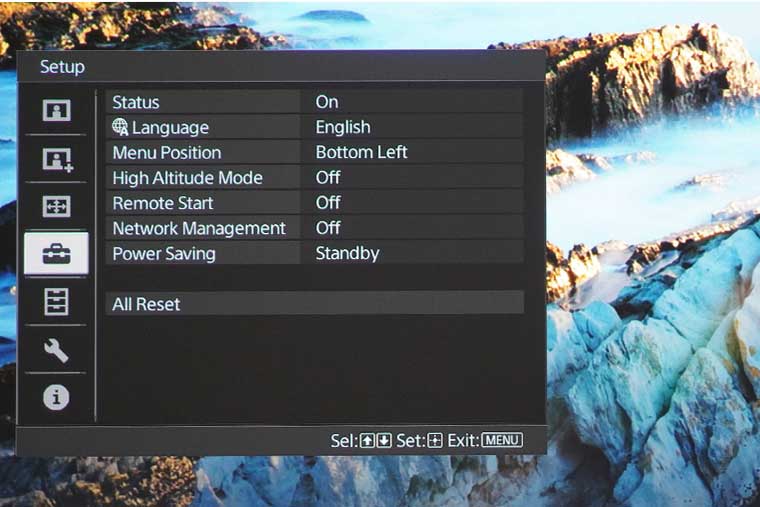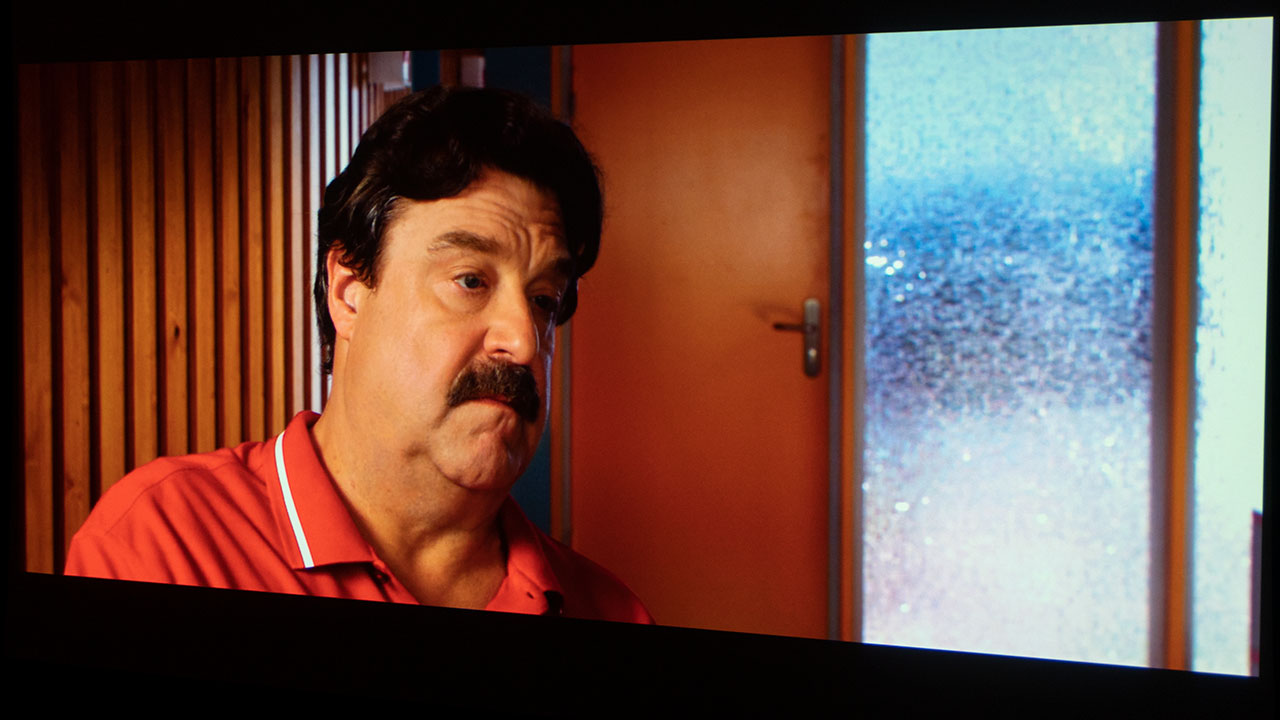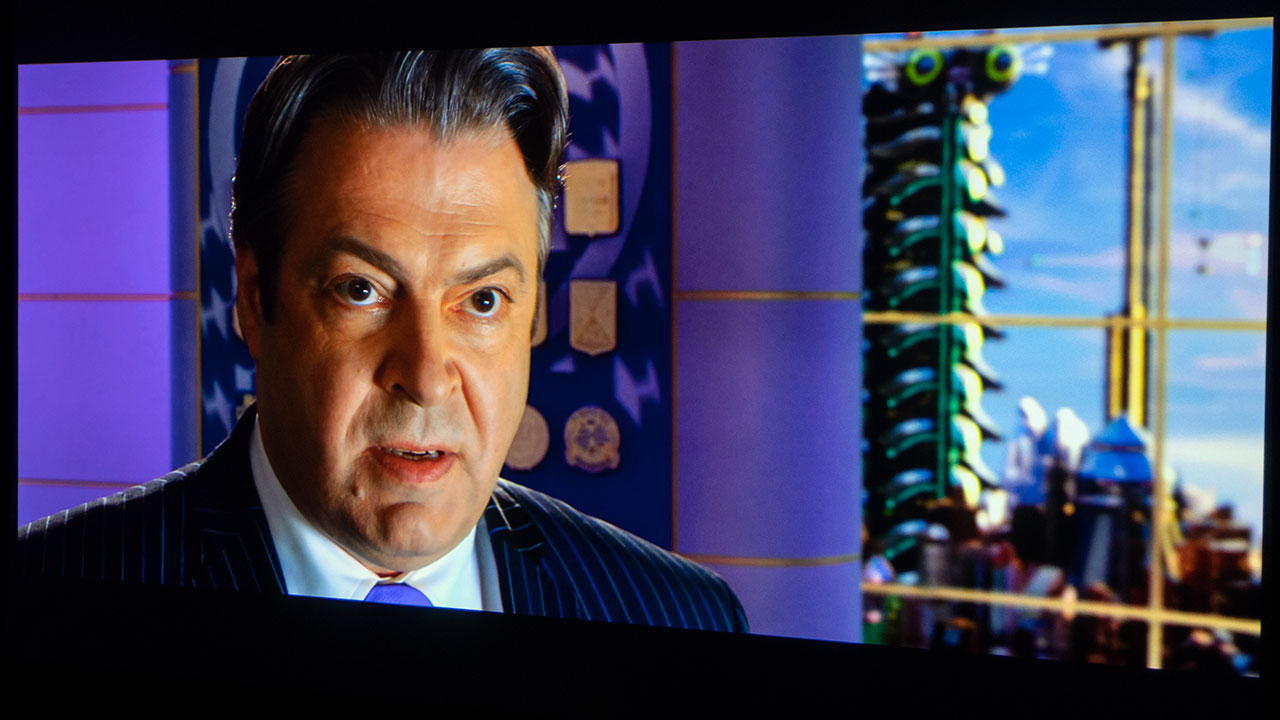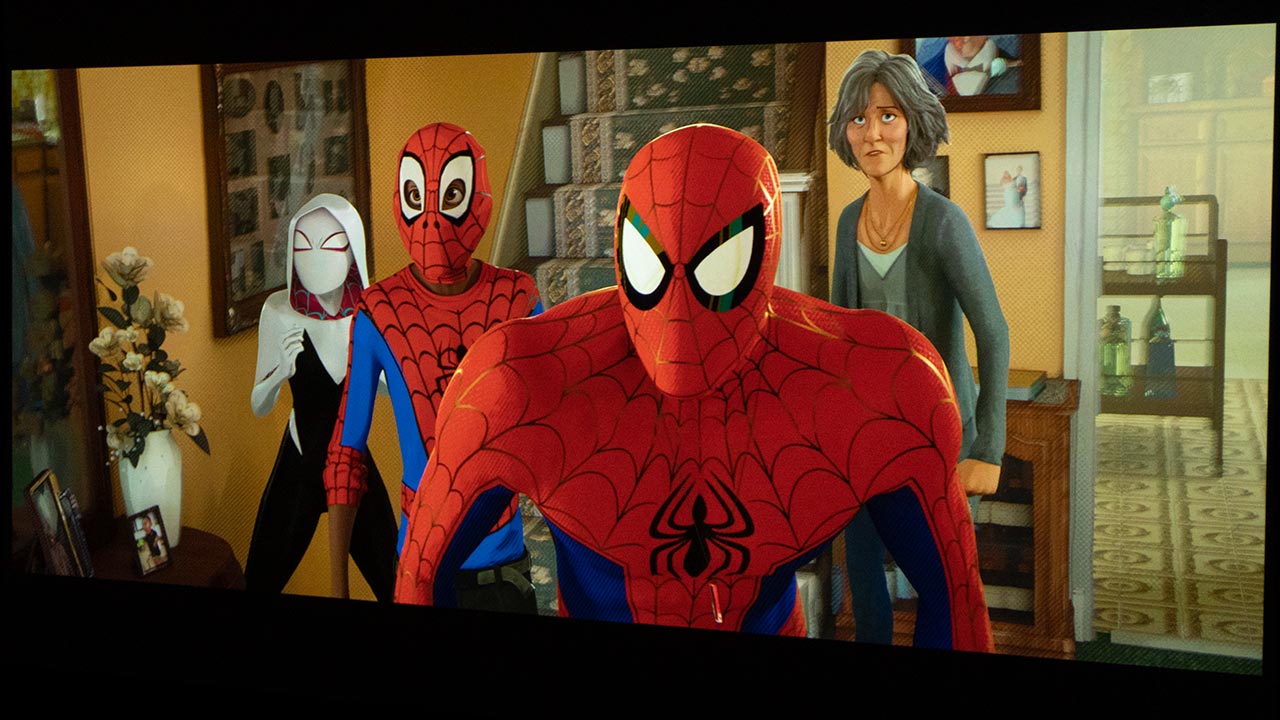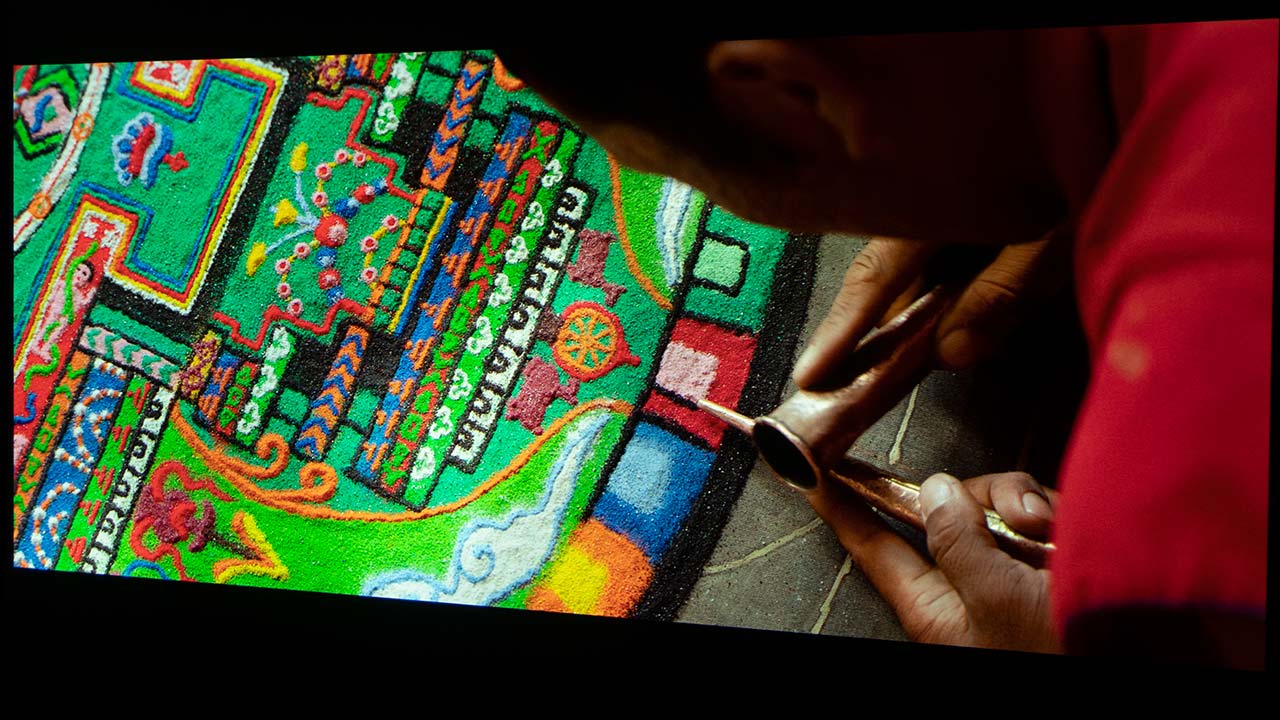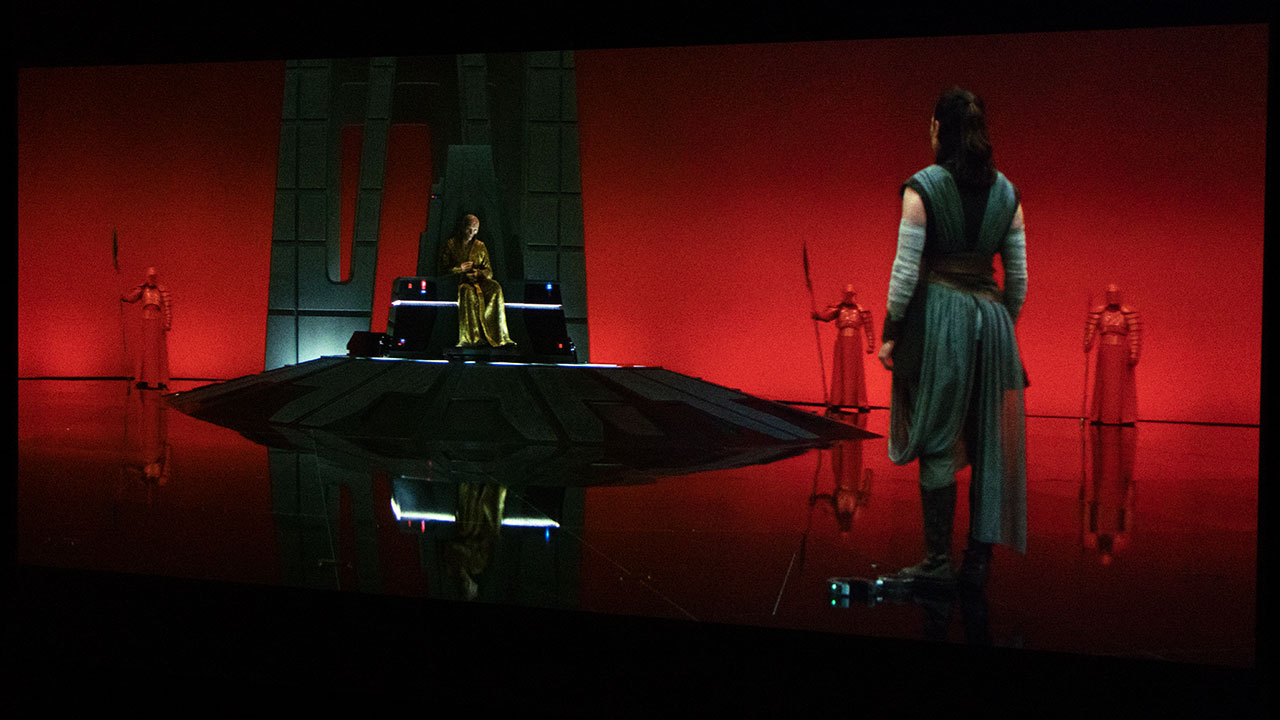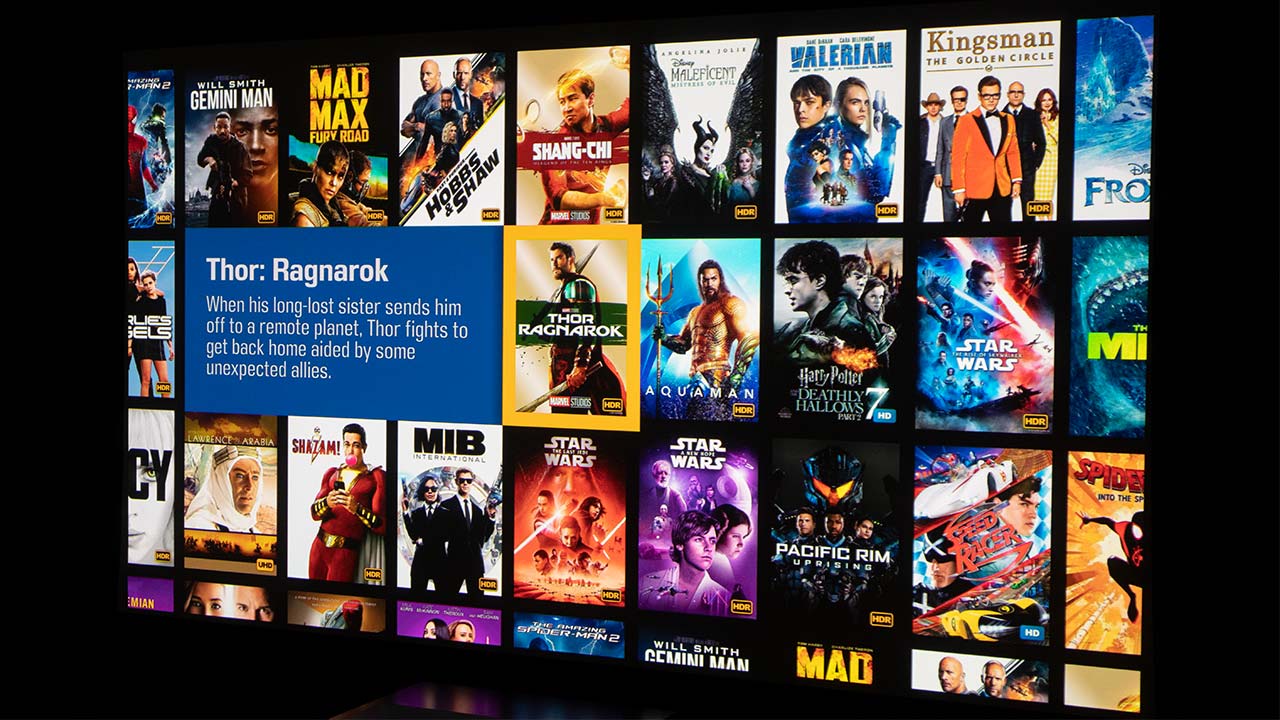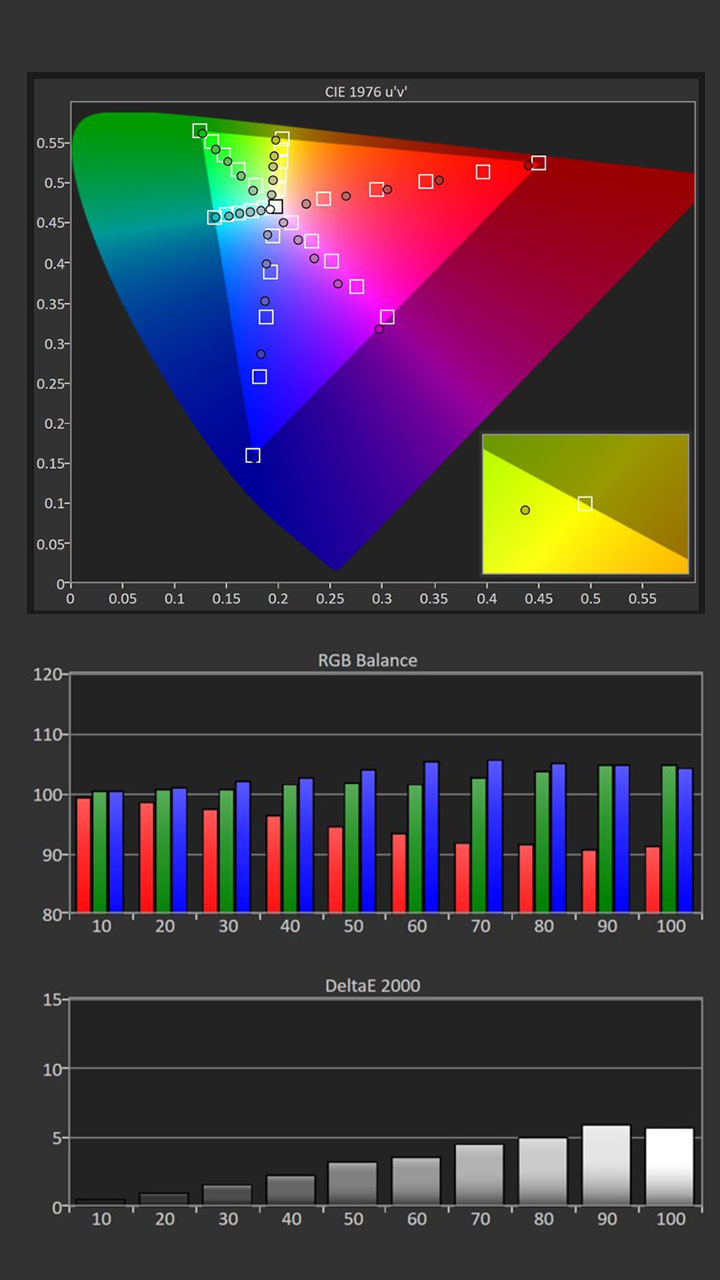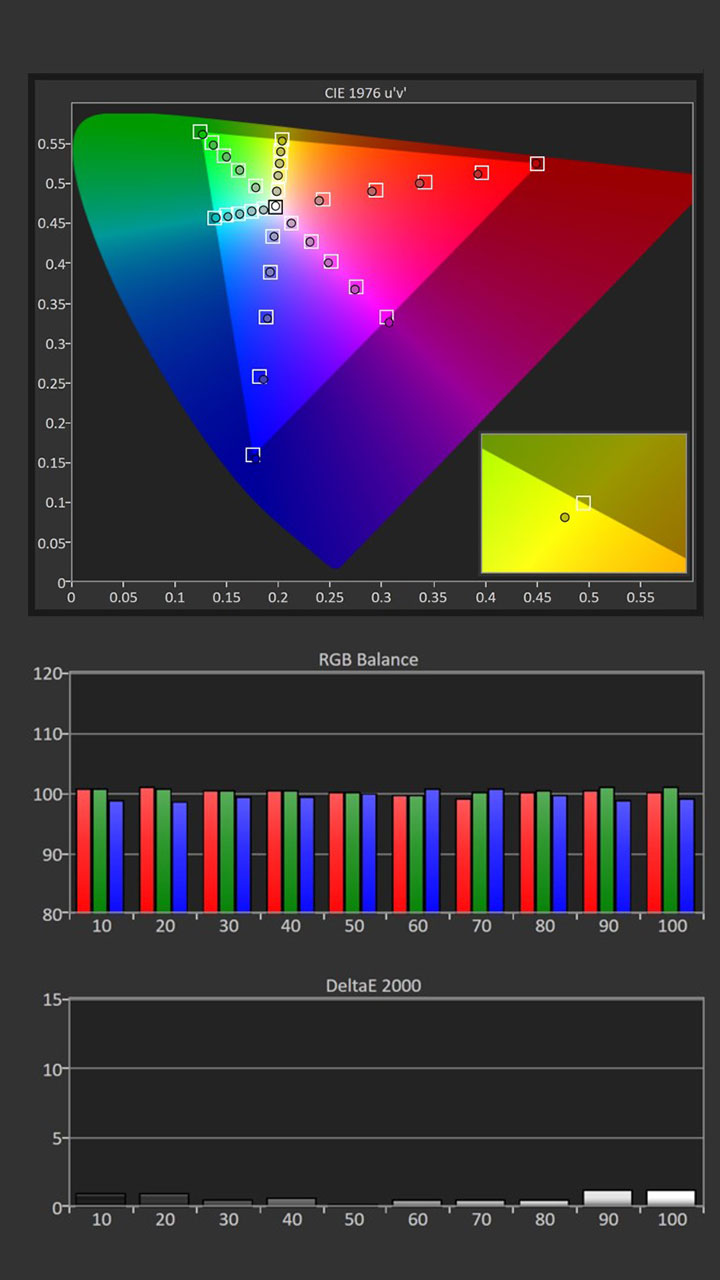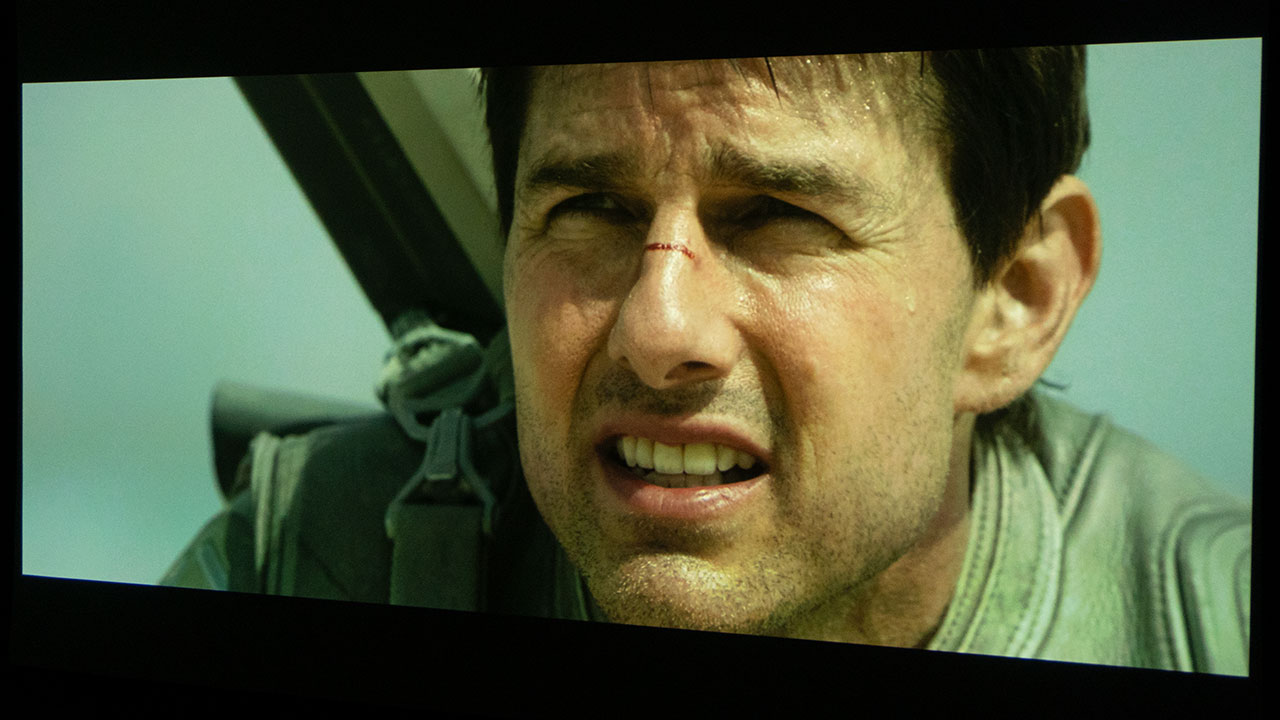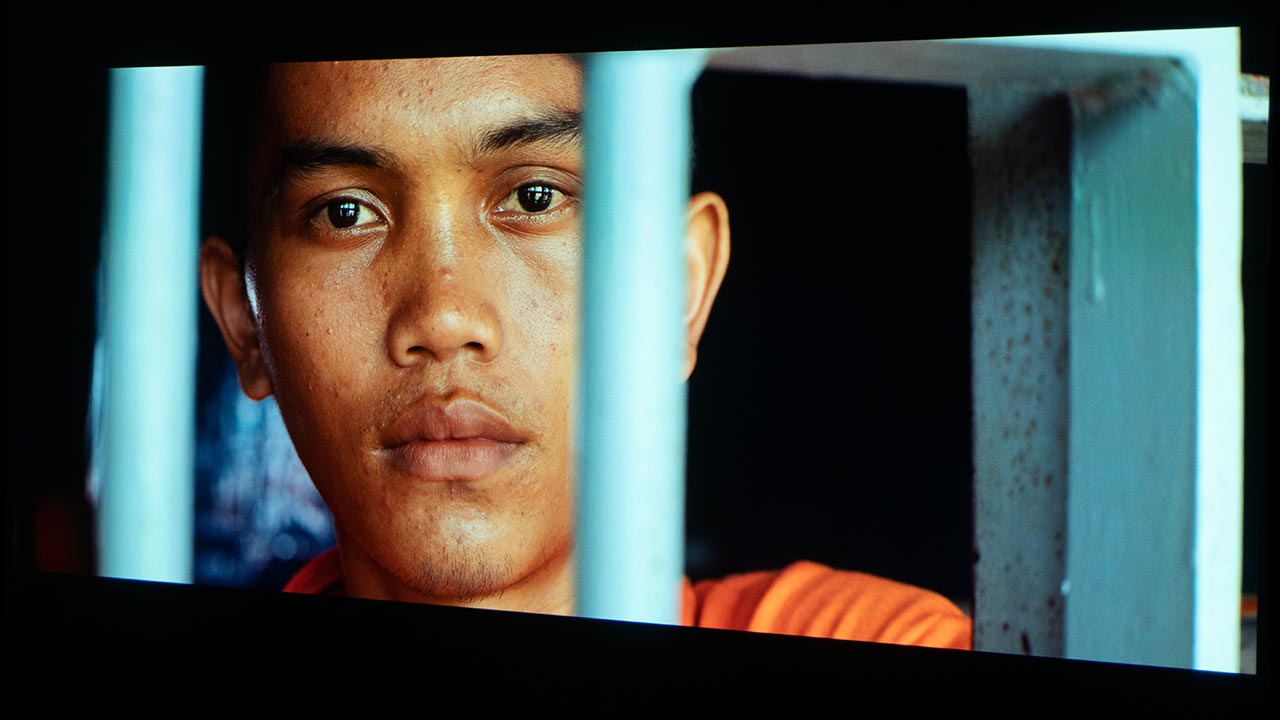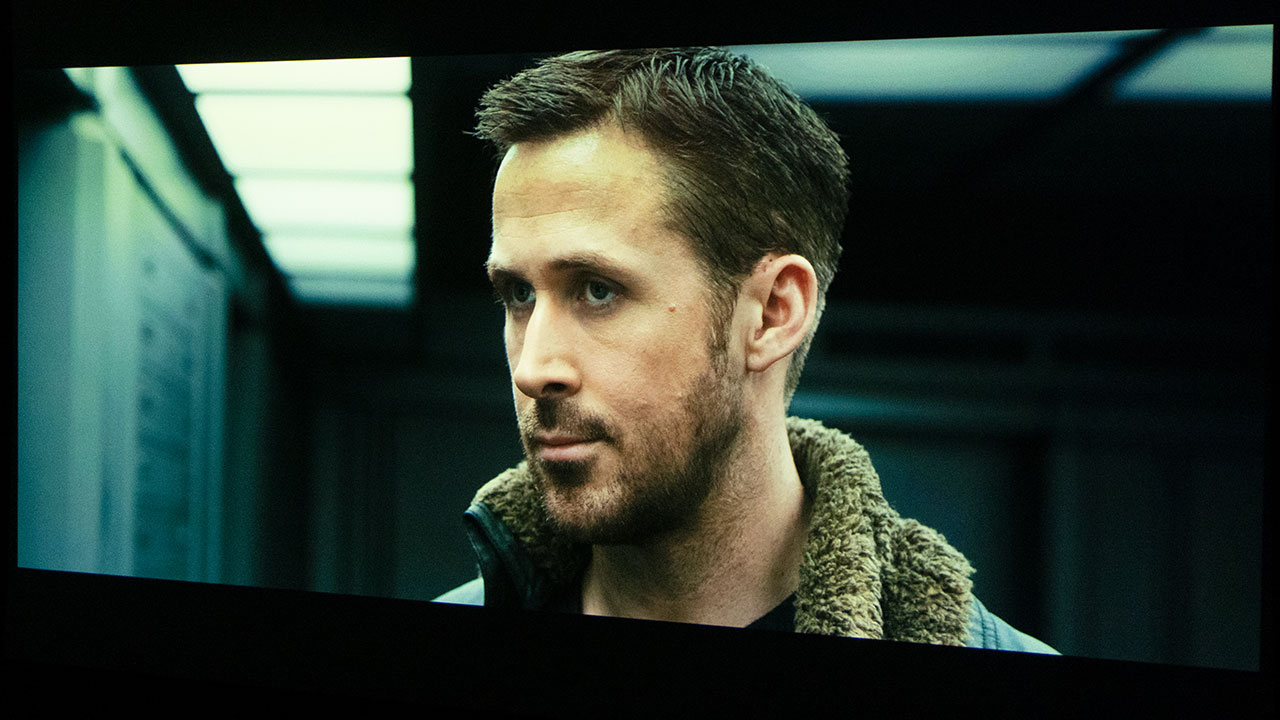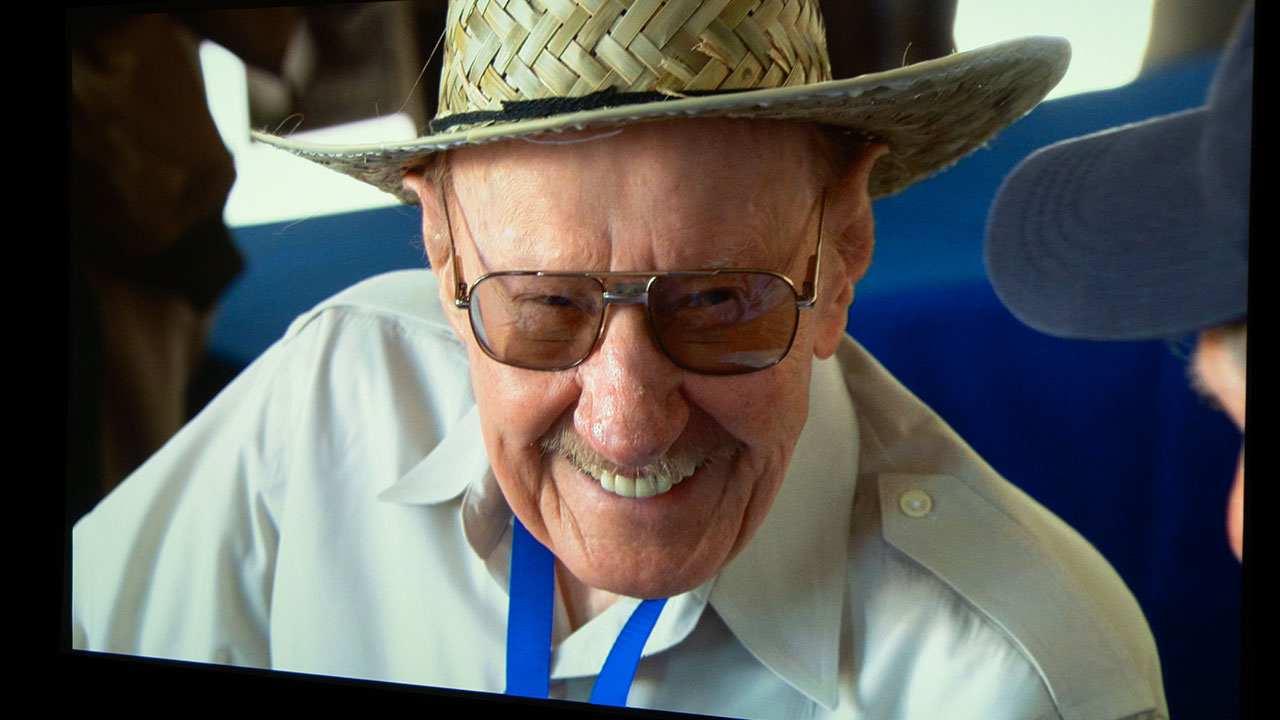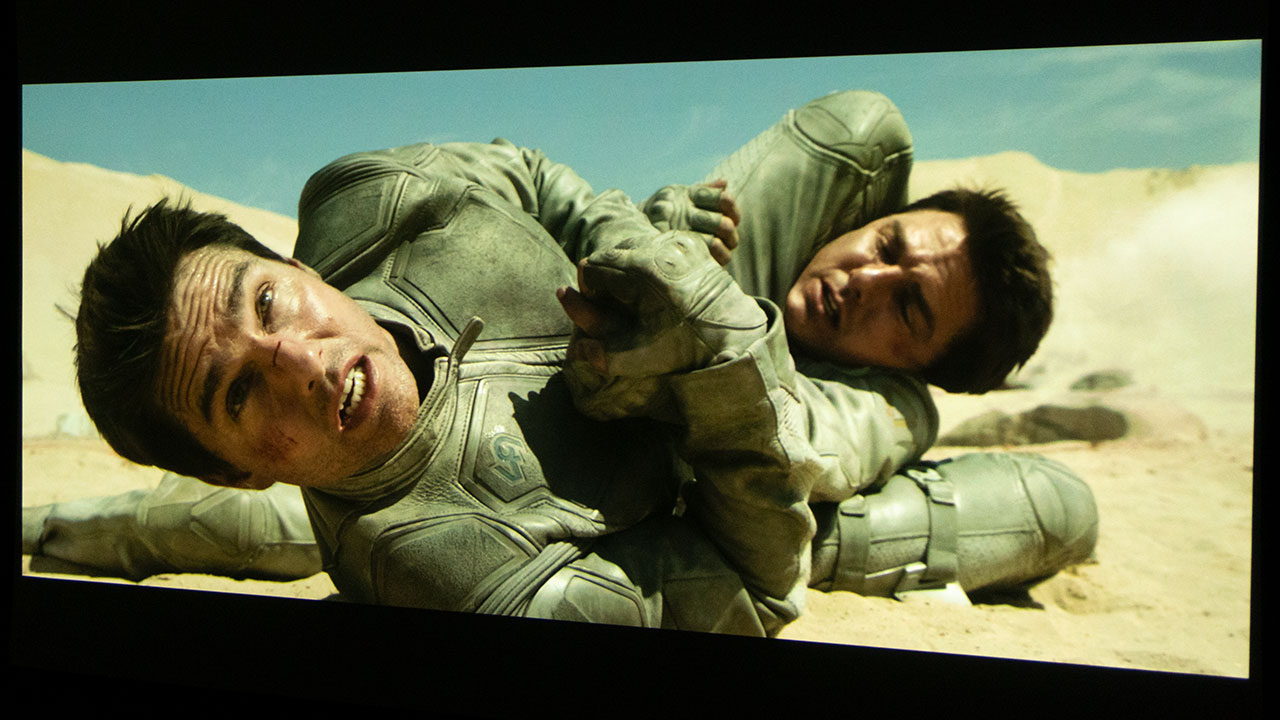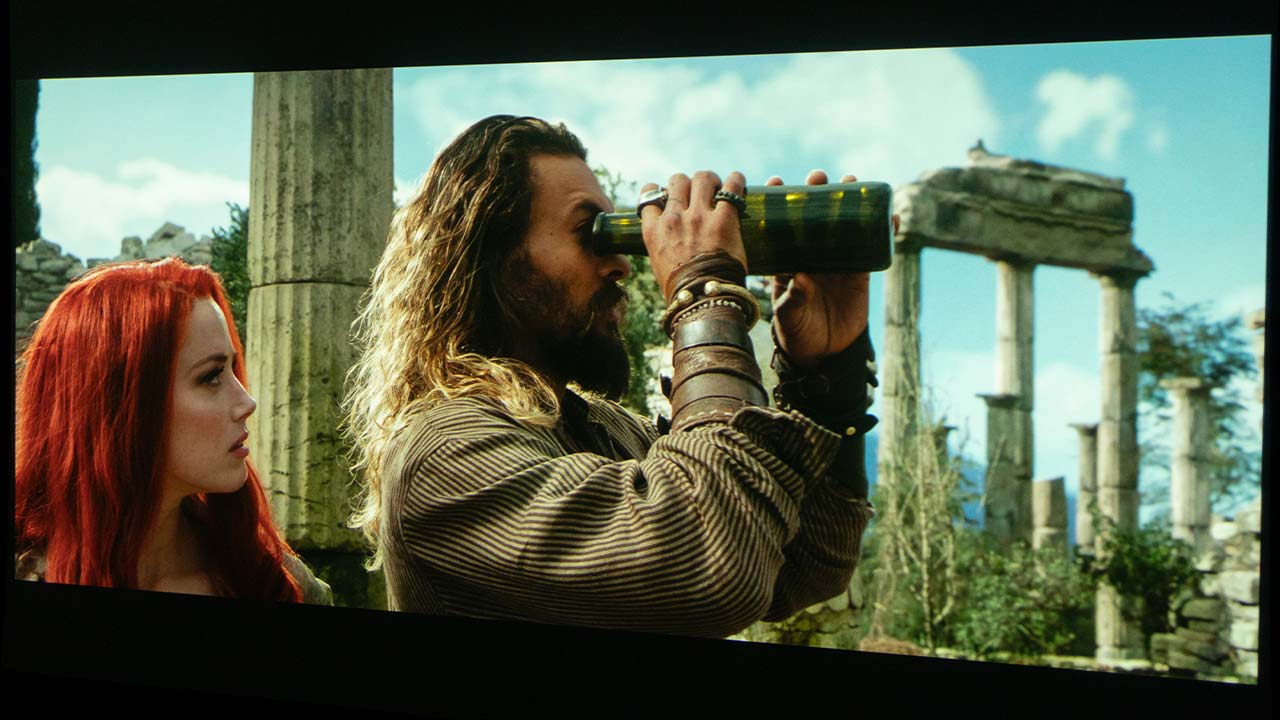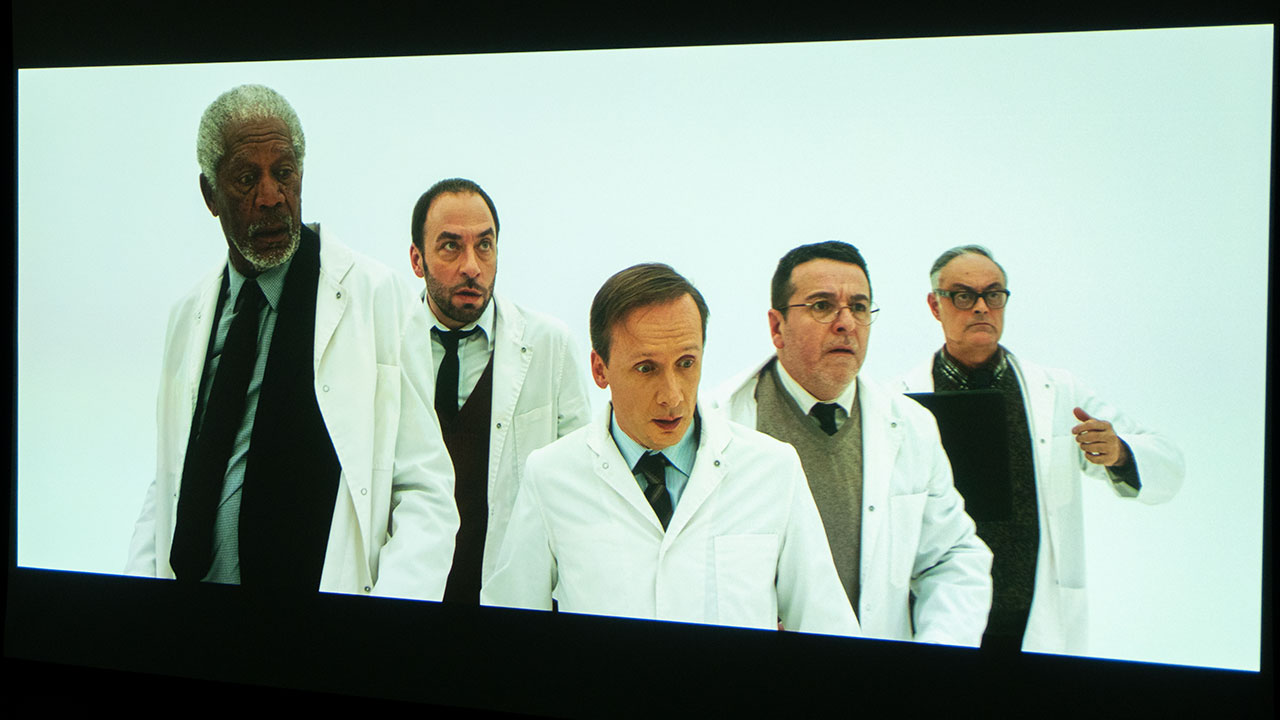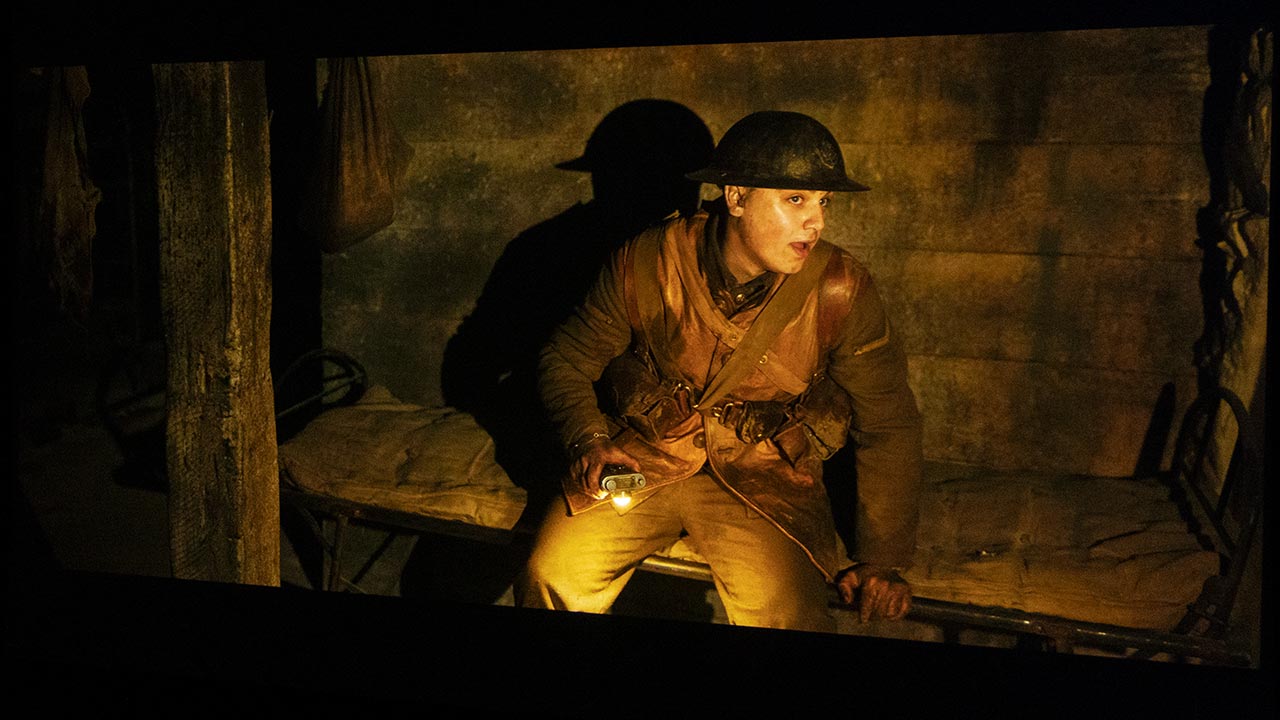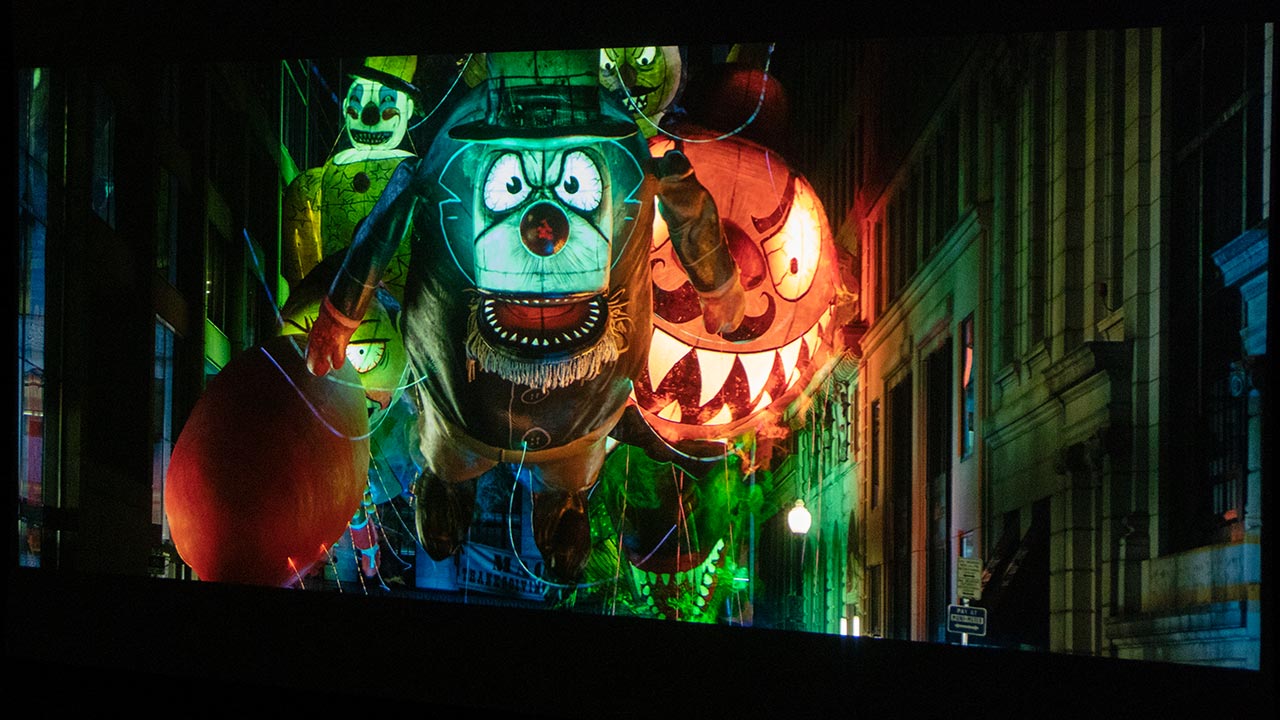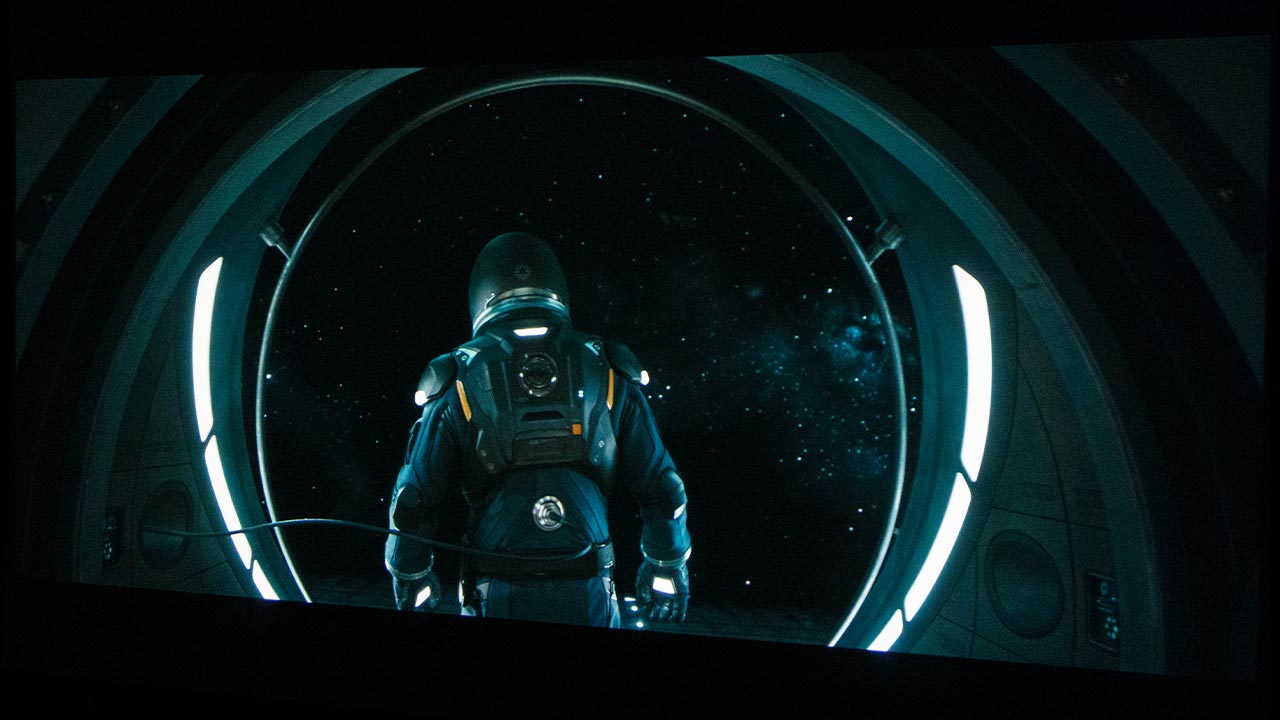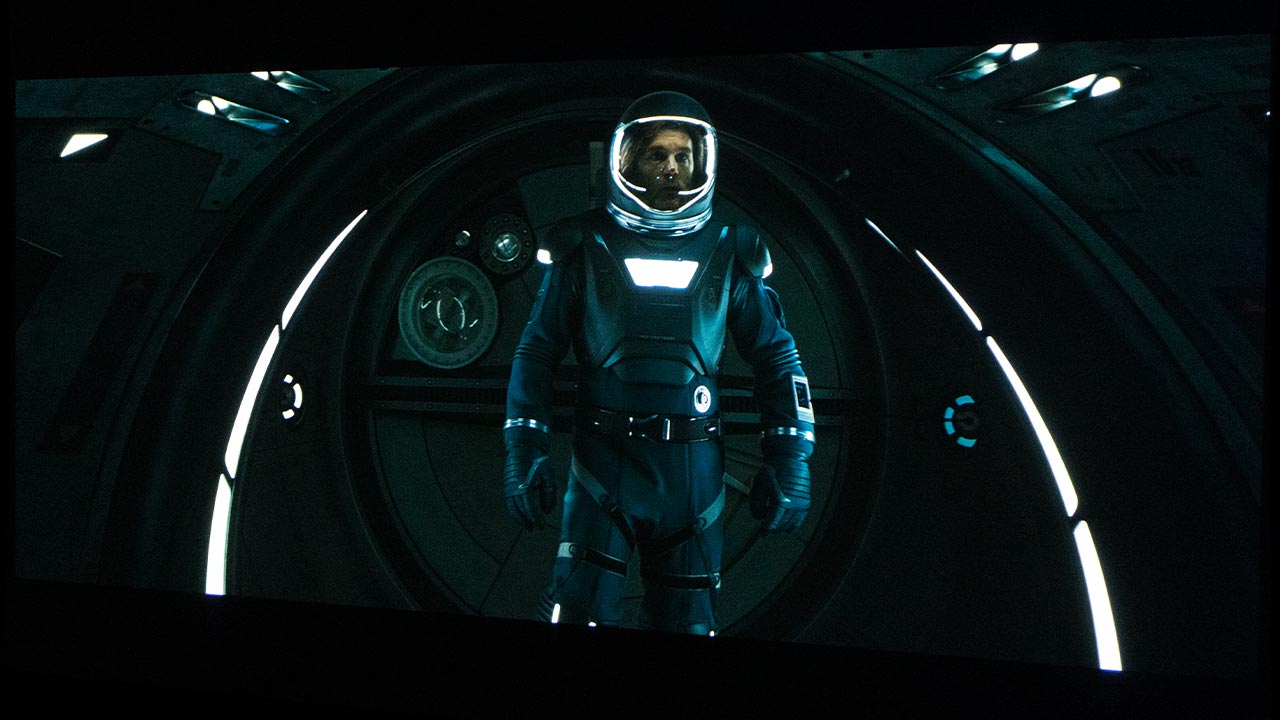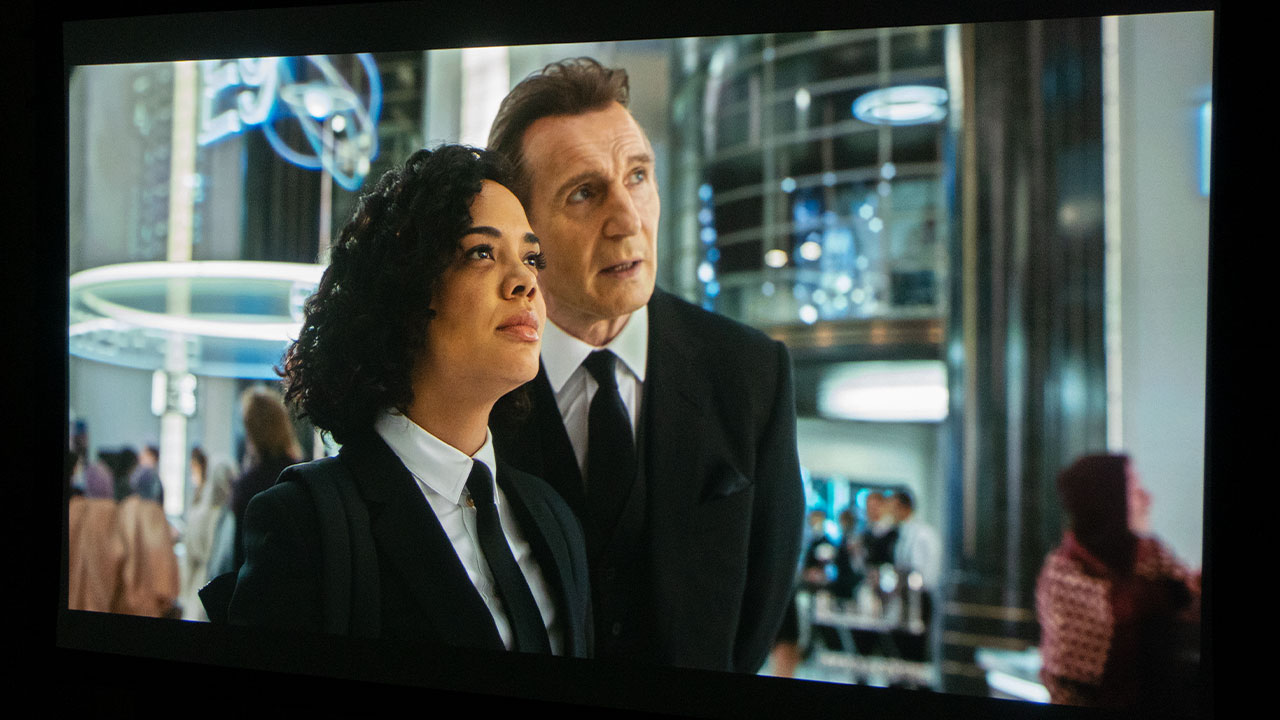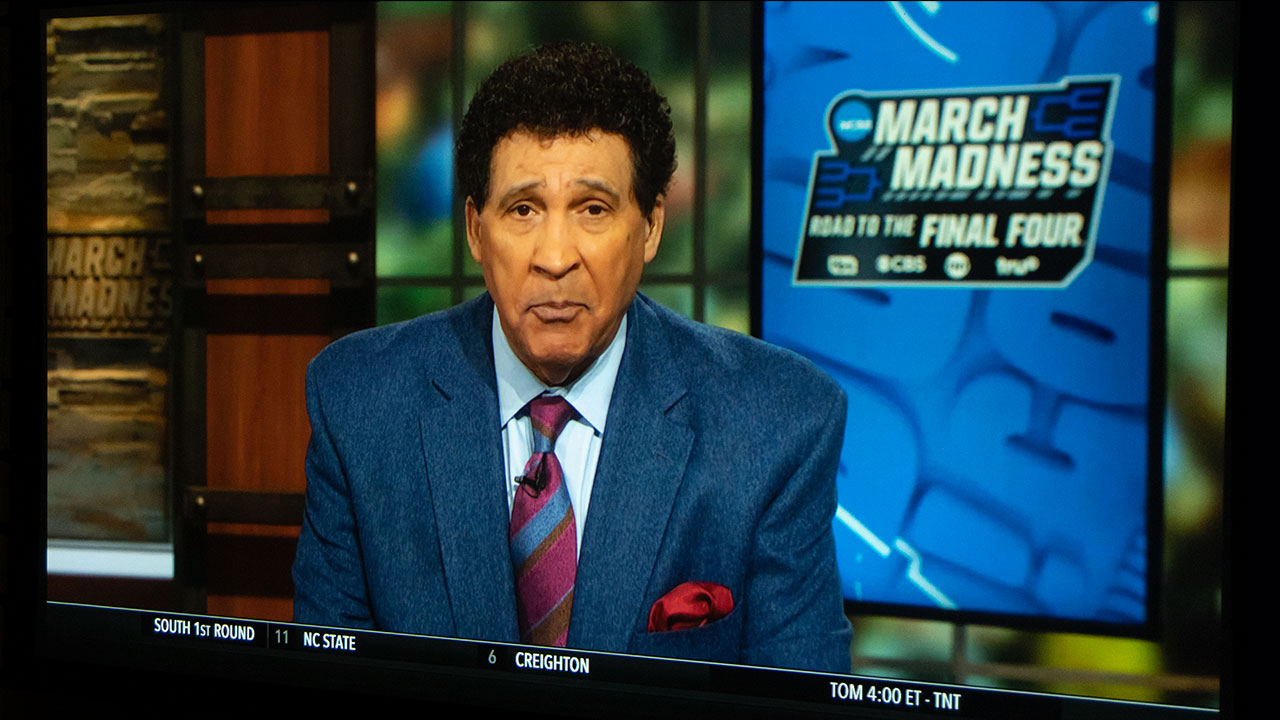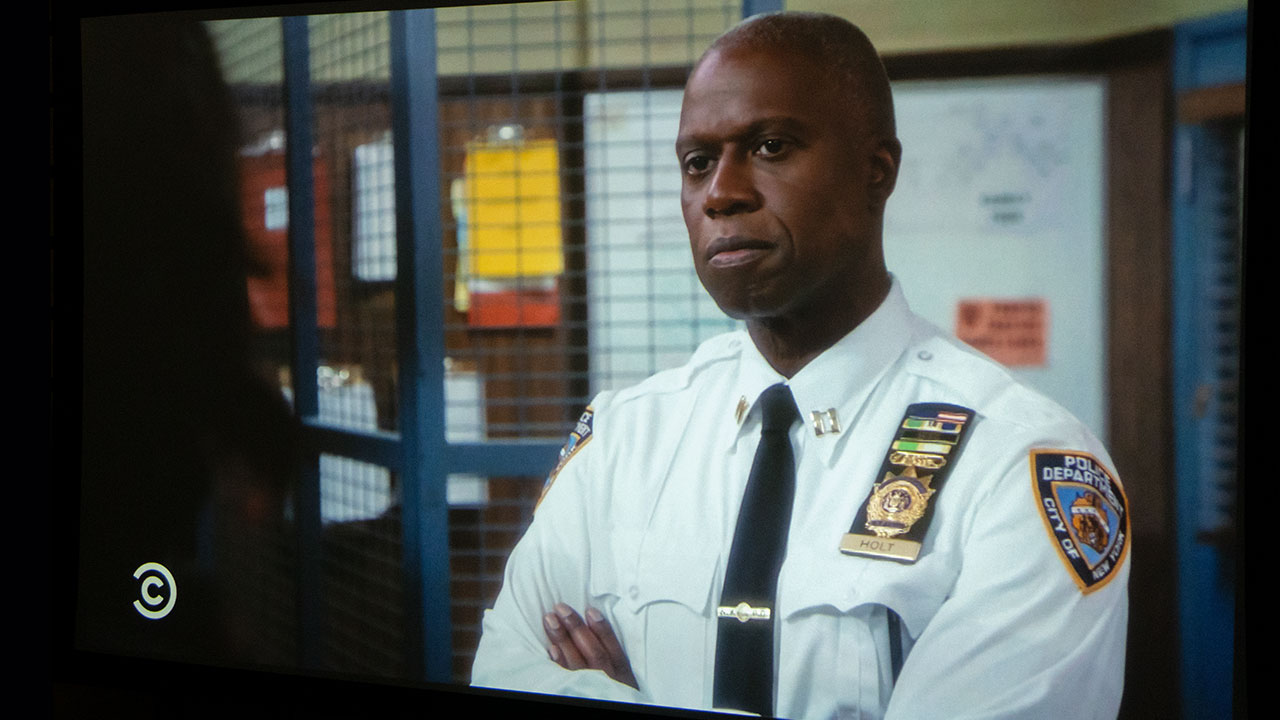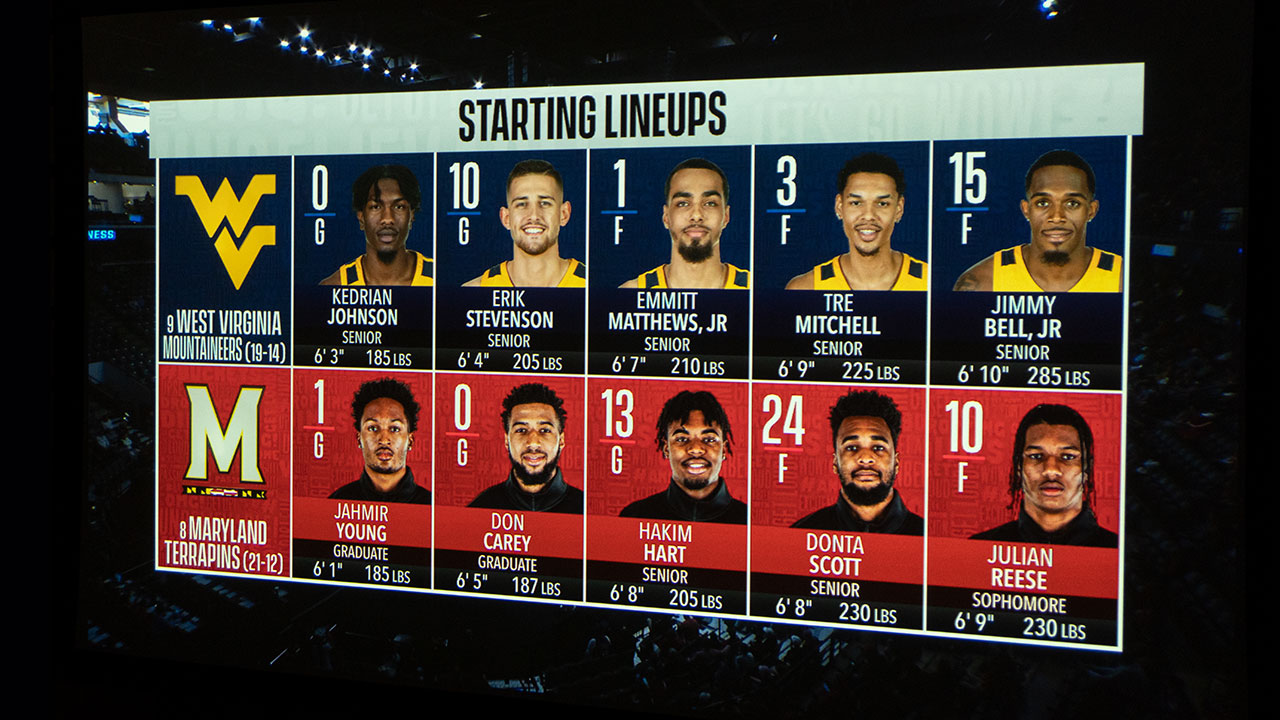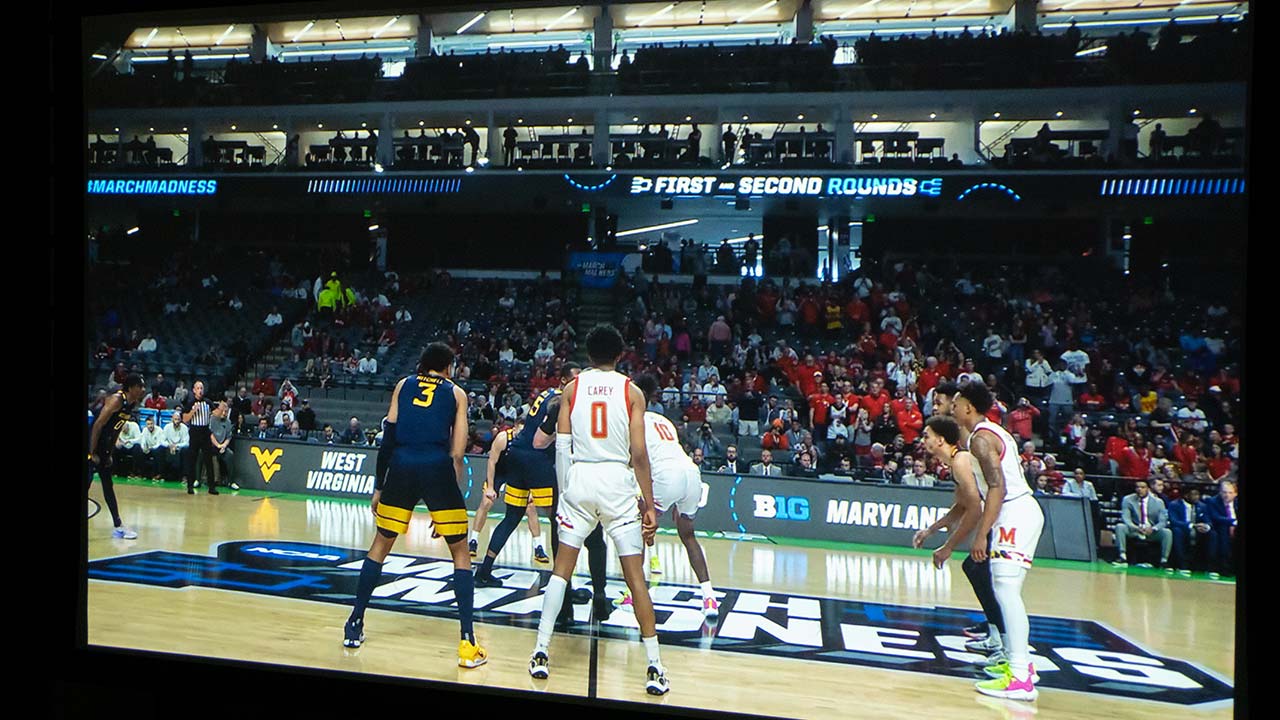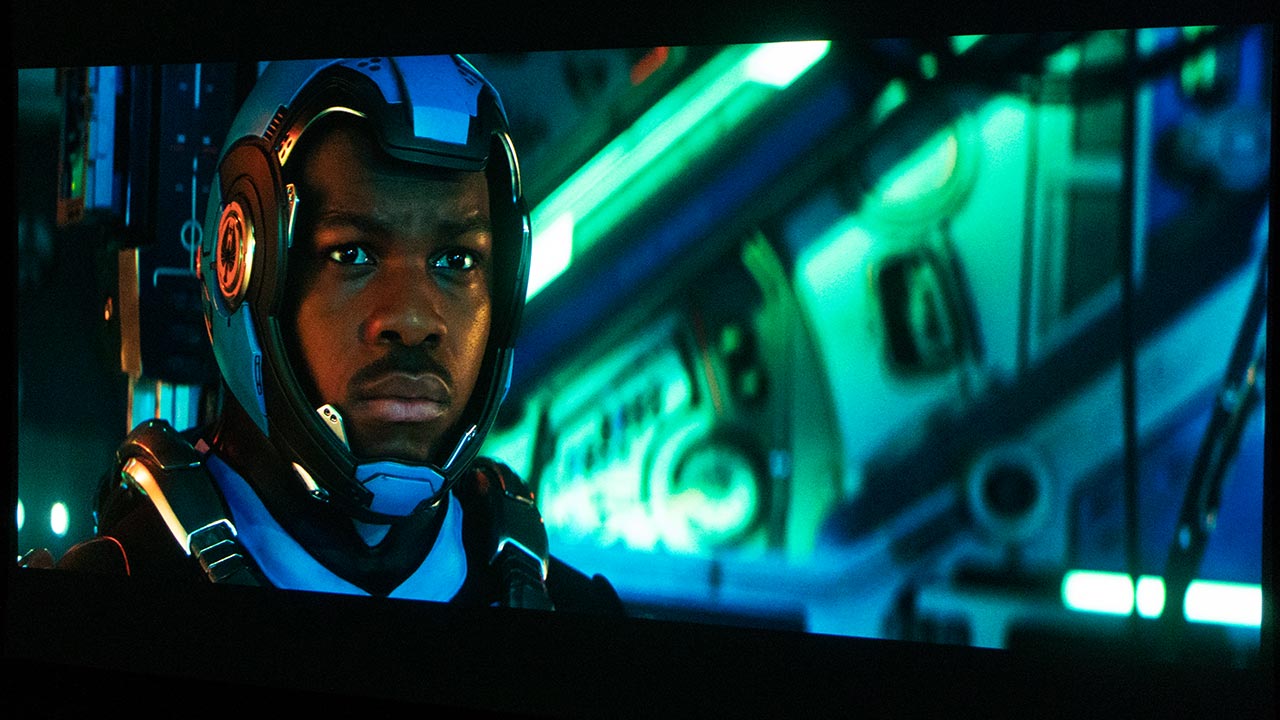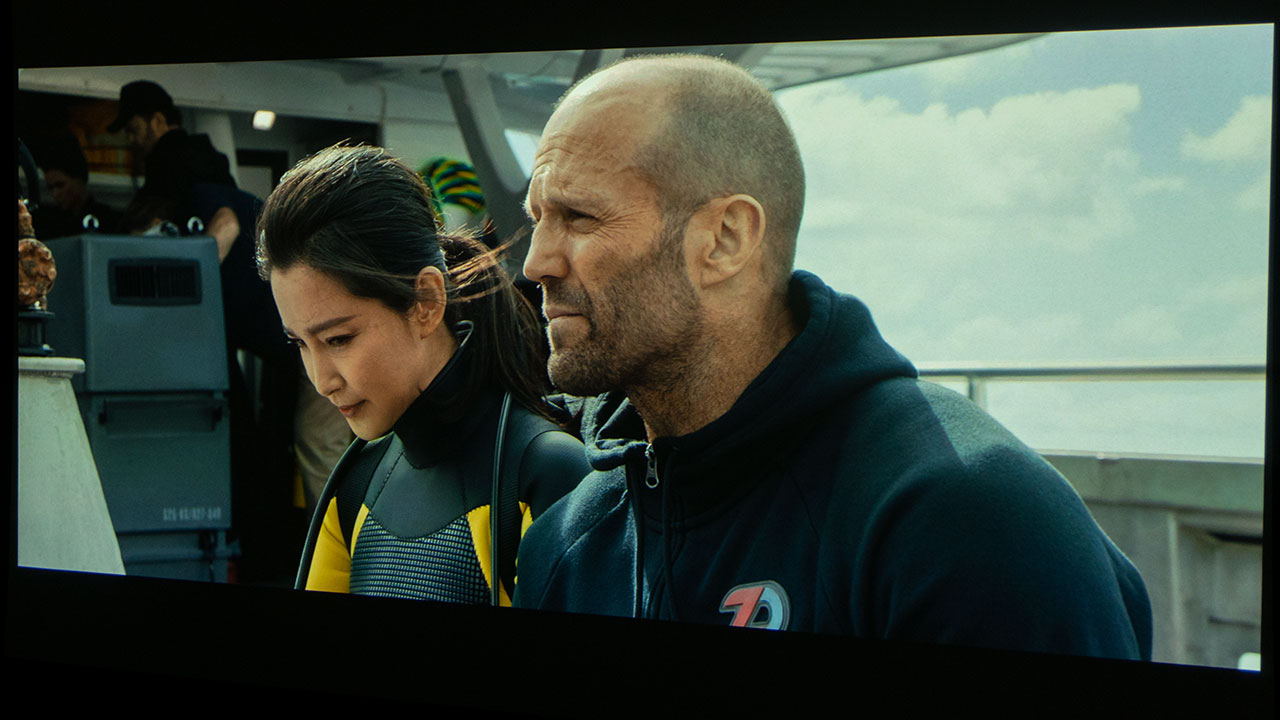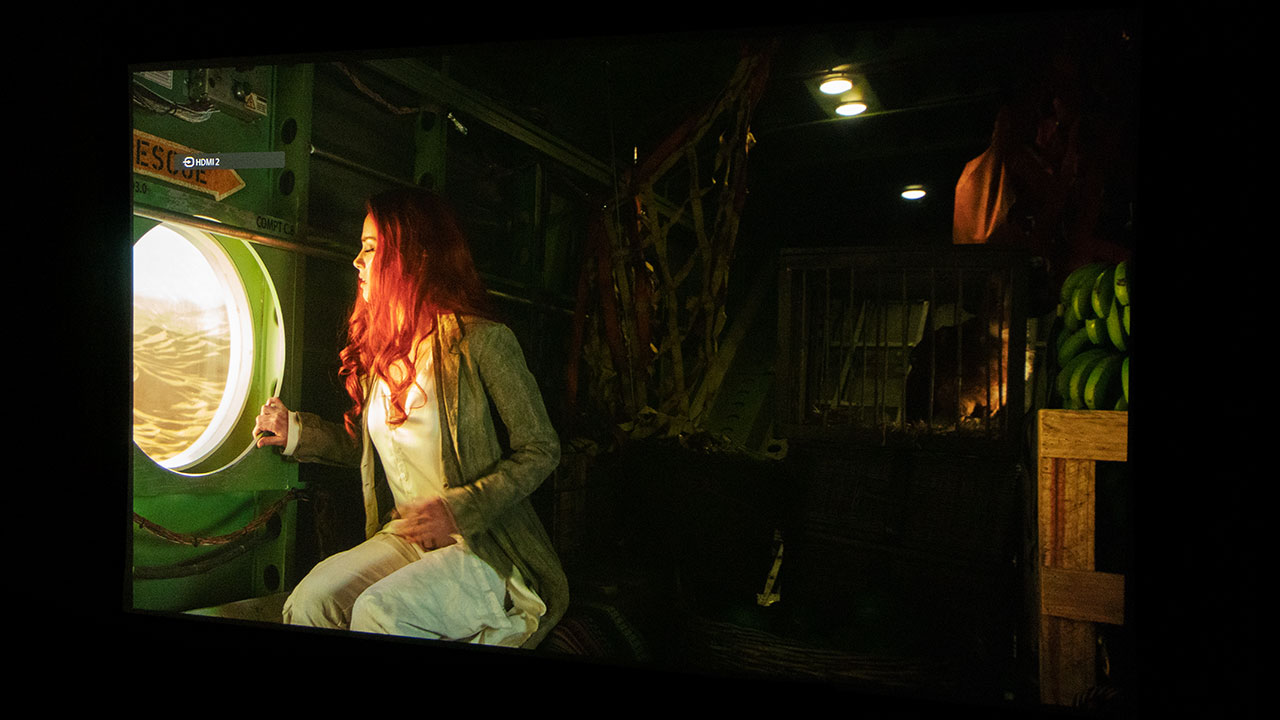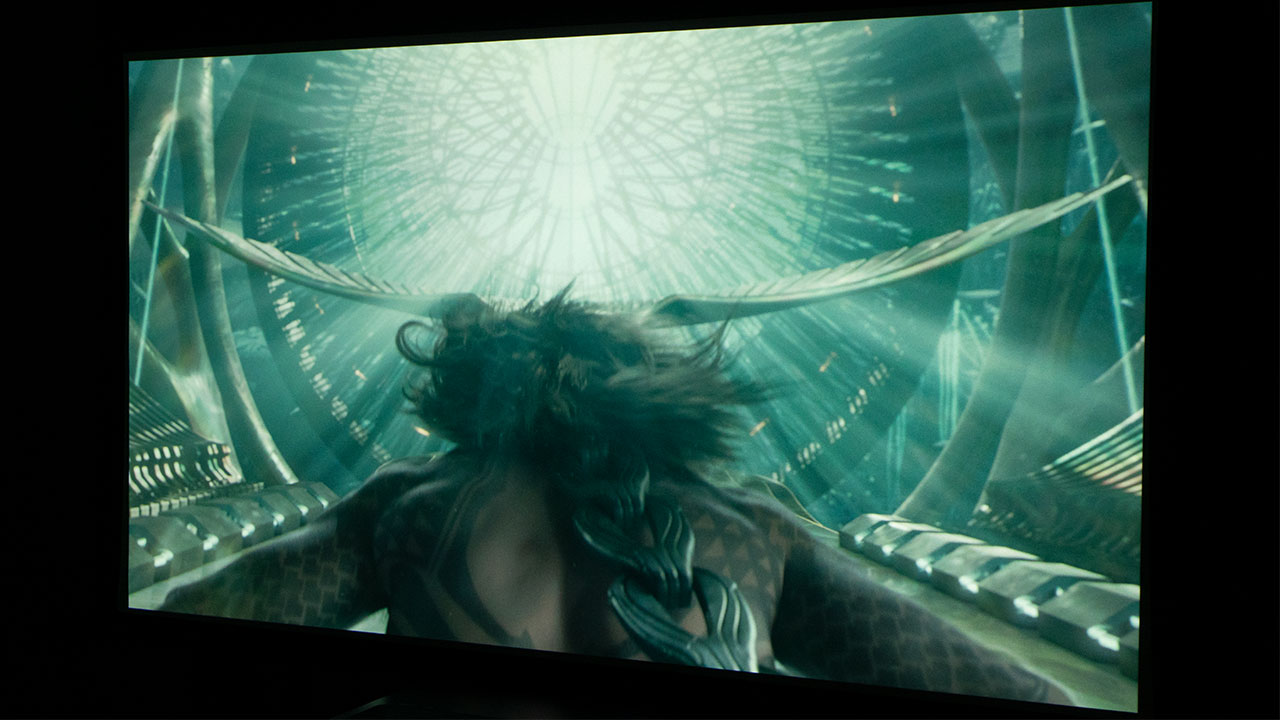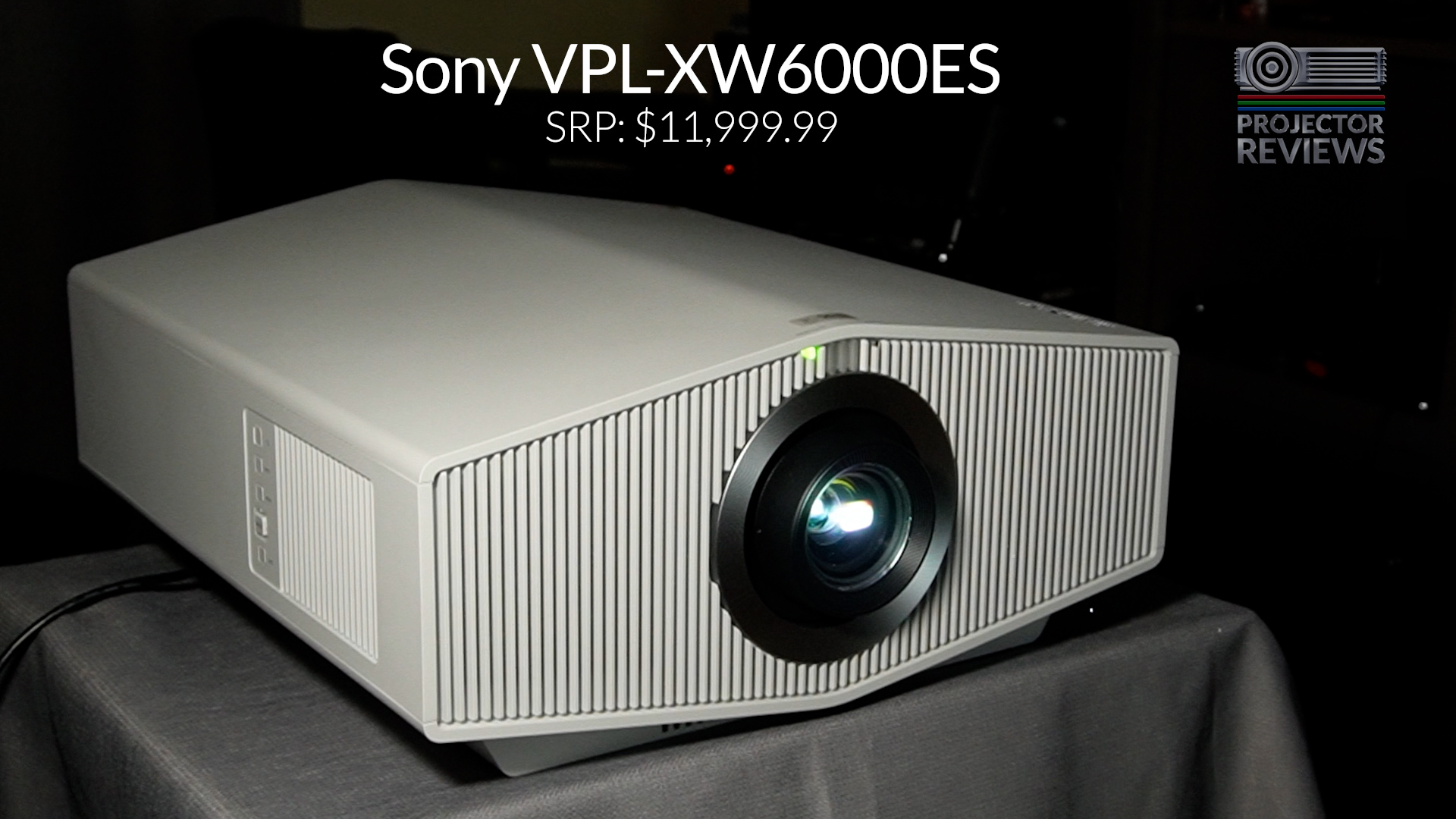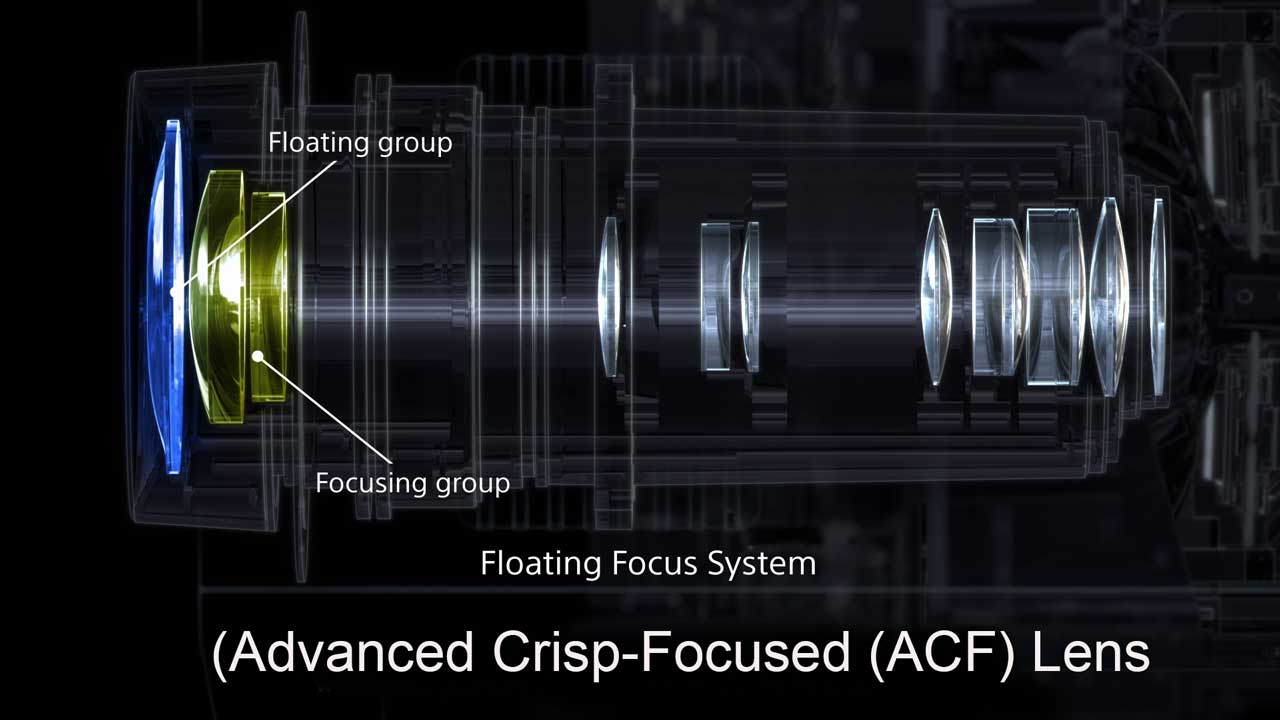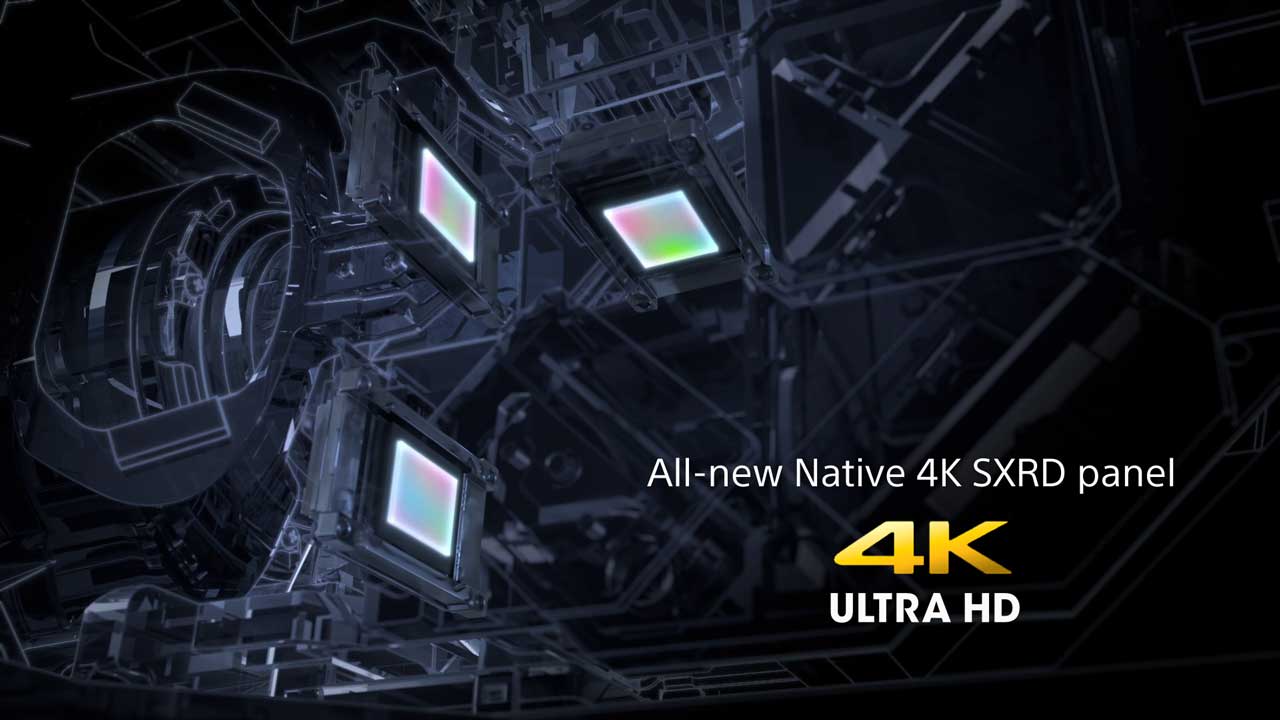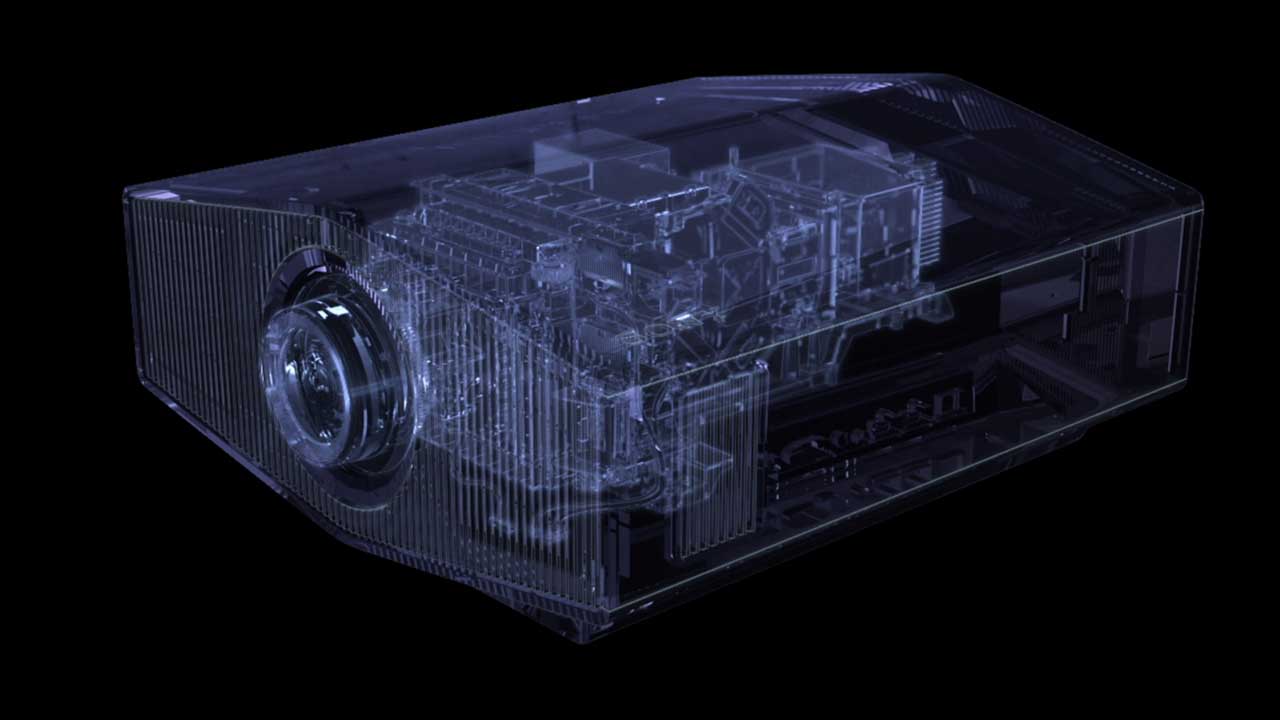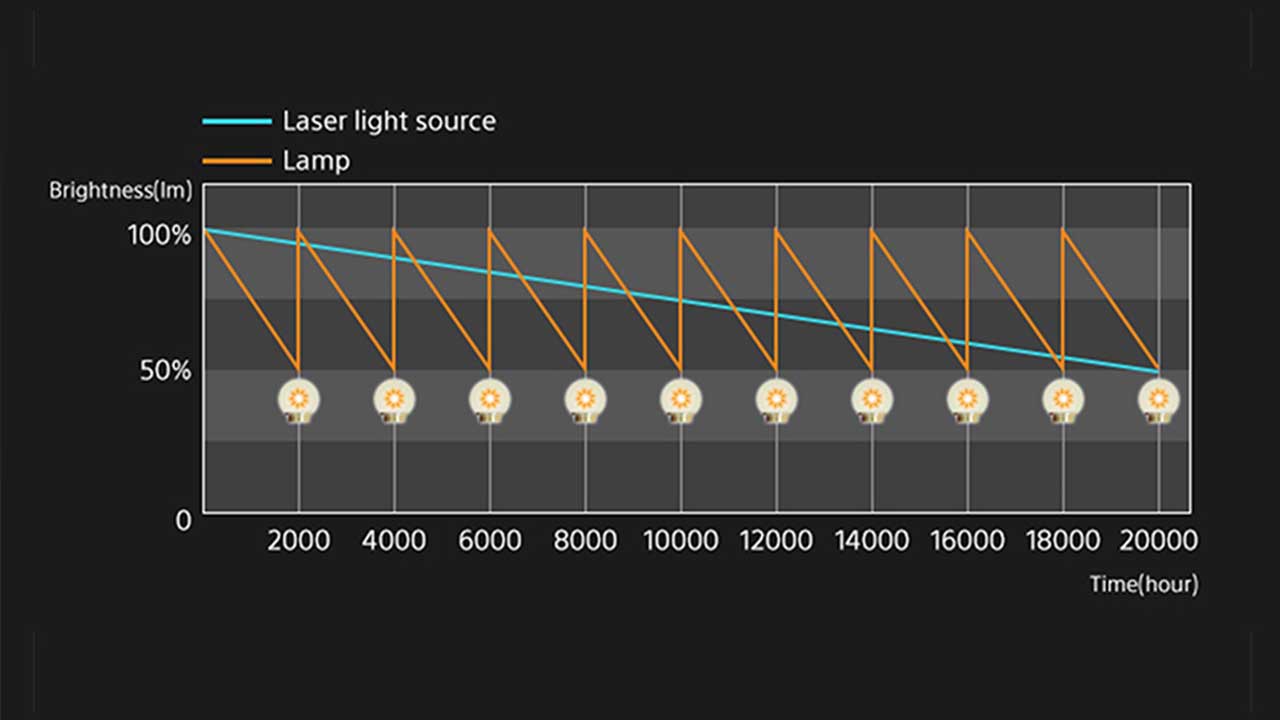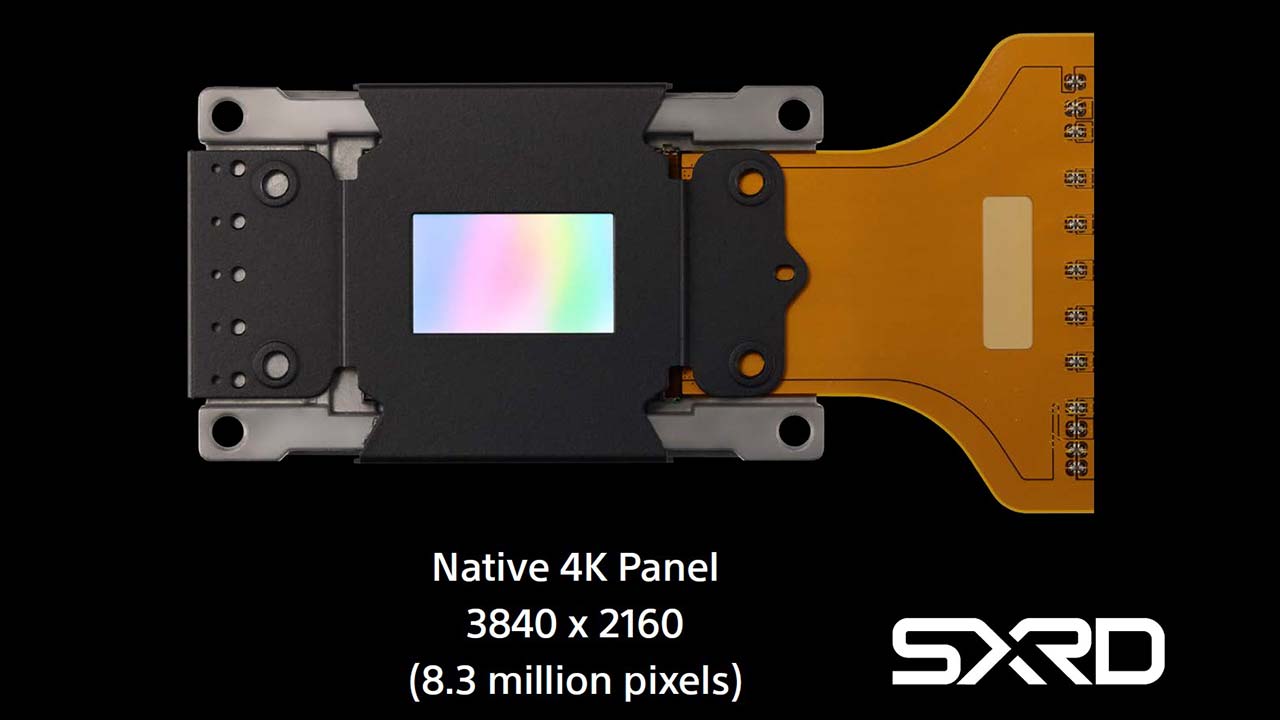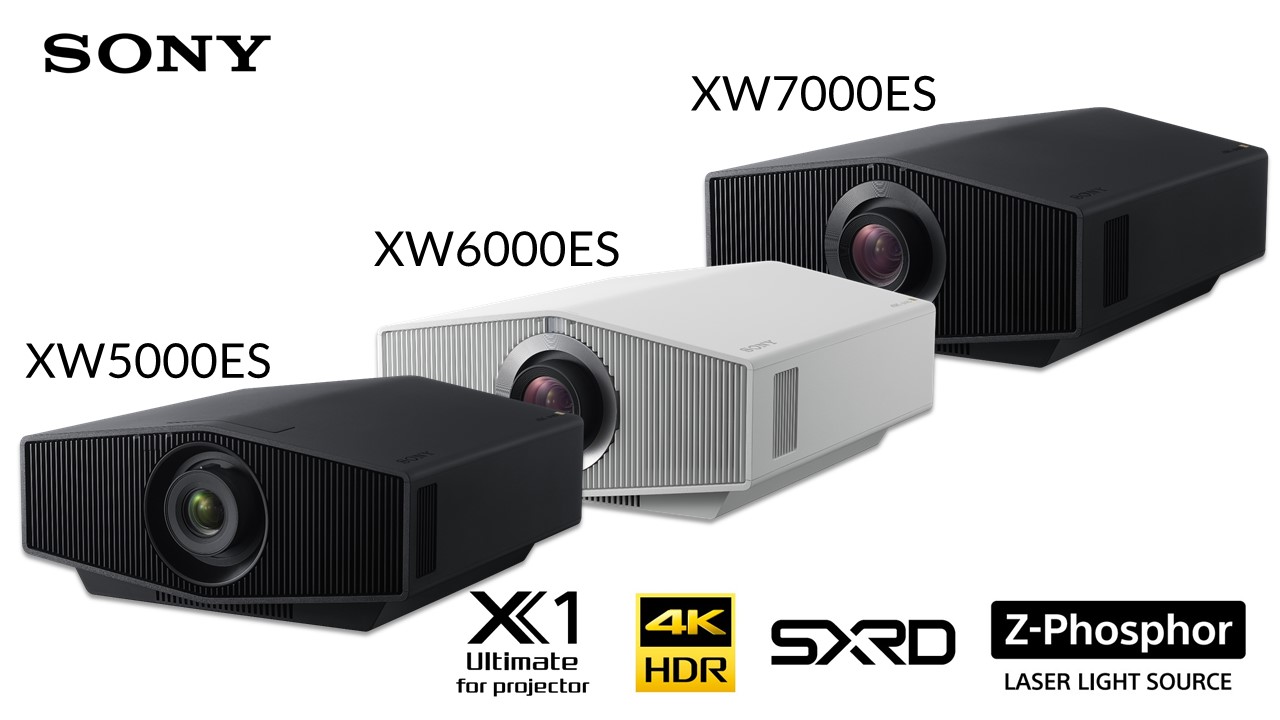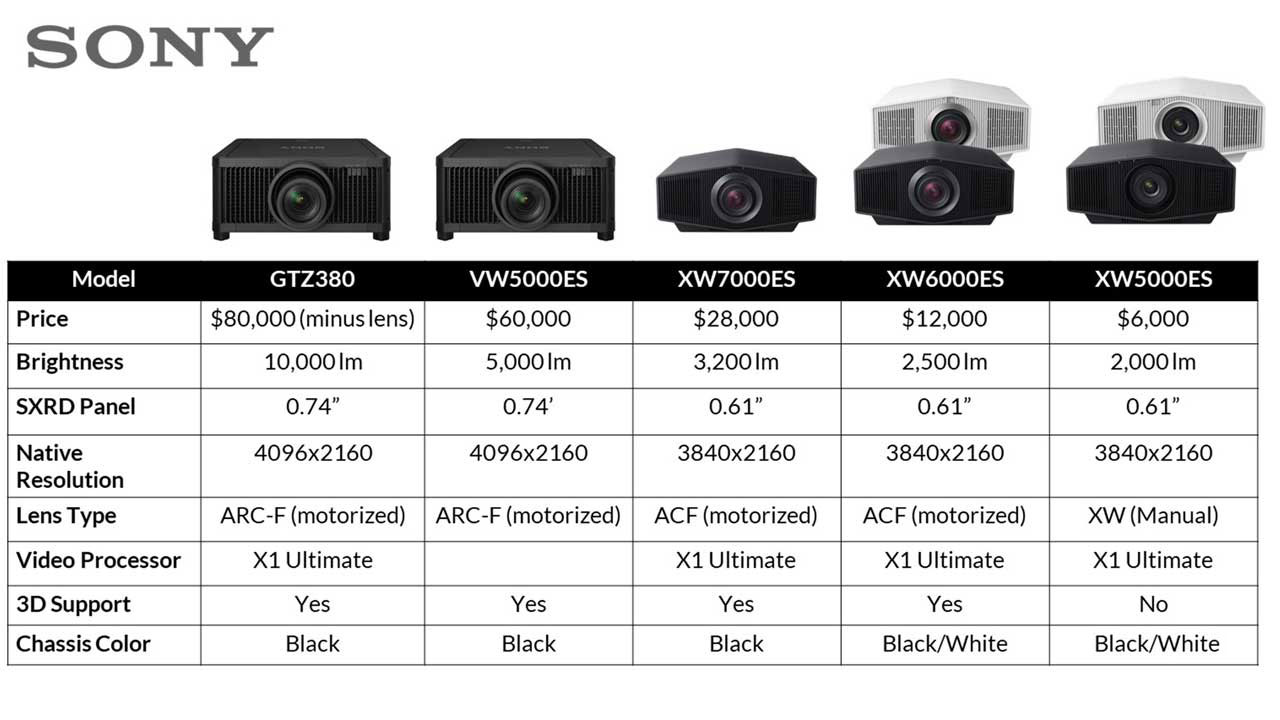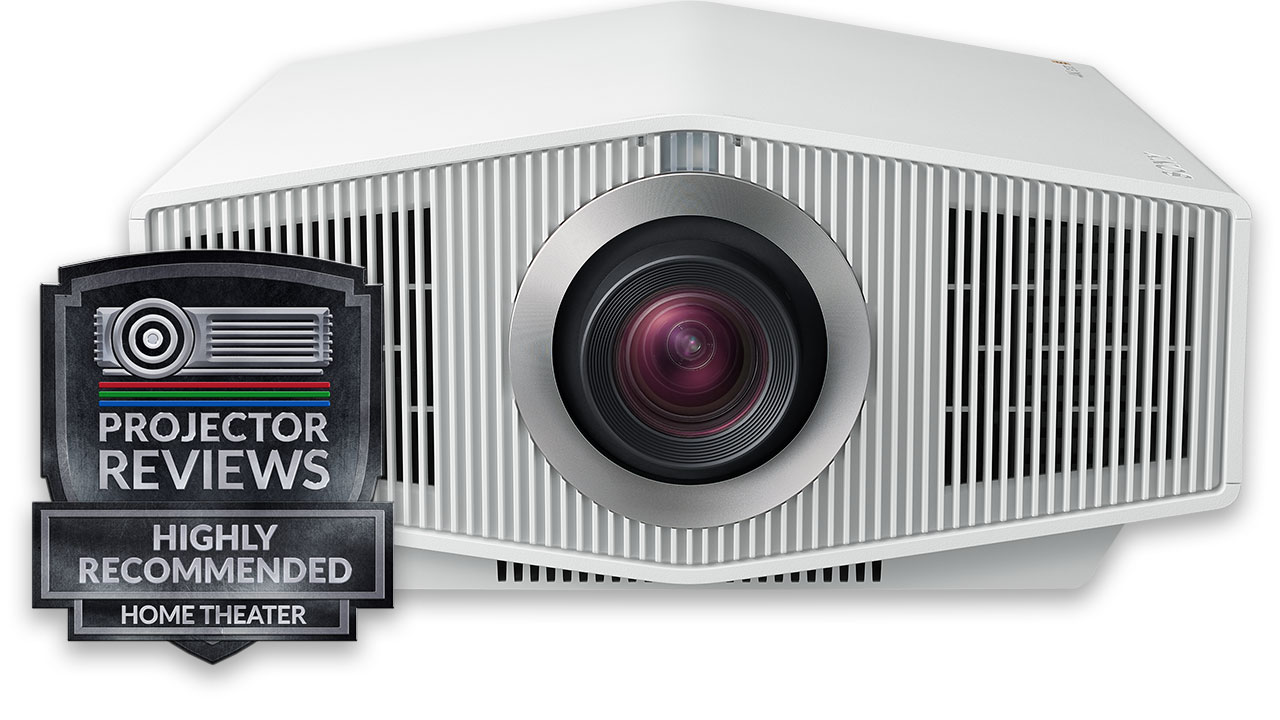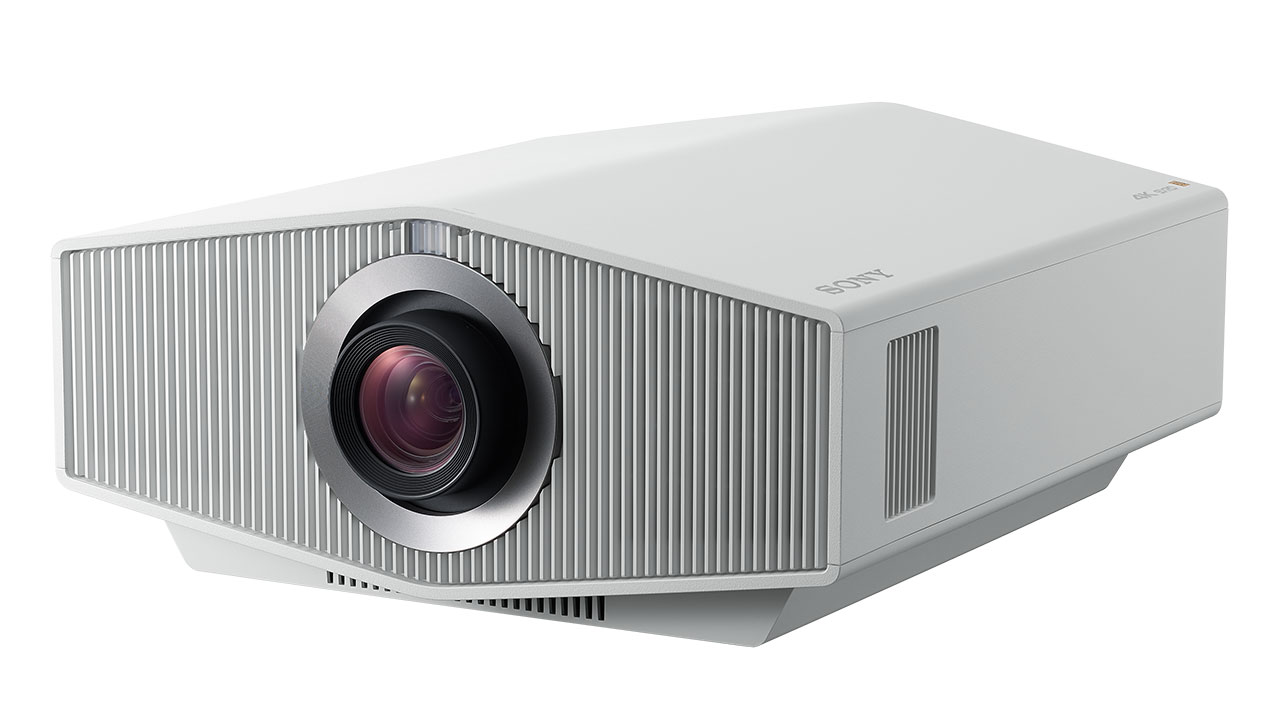The XW6000ES produced close to its rated brightness of 2500 ANSI lumens, even in its most accurate picture modes. The projector's newly developed native 4K UHD SXRD panels delivered a sharp picture with black levels that easily matched previous Sony 4K SXRD projectors. Regarding native contrast and black level, very few home theater projectors, except for JVC DILA projectors, can match/beat the XW6000ES. I have never reviewed a single-chip DLP home theater projector that can even come close.
The X1 Ultimate video processor found in the XW6000ES did an excellent job of upscaling HD content. The video processor combines frame-by-frame signal HDR analysis and precise modulation of its 2500-lumen laser source to produce an excellent HDR picture. So, whether viewing HD, 4K, or HDR content, the picture quality delivered by the Sony XW6000ES was outstanding right out-of-the-box.
For nearly a year, I had the opportunity to use a VW915ES as my reference projector, so I am very familiar with their 2021 models. While the VW915ES is an excellent projector, the XW6000ES looks better due to its higher-quality ACF lens, better video processing, and additional 500 lumens brightness.
Compared to the lens used on the VW915ES, the ACF lens used in the XW6000ES is physically smaller, but it delivered a noticeable increase in clarity and edge-to-edge sharpness. While I didn’t have the opportunity to compare the XW6000ES with an ARC-F lens-equipped model like the VW1025ES, Sony says the optical quality is similar.
The XW6000ES, like most Sony SXRD projectors, includes several “installer-friendly” features, including a motorized lens with tons of zoom and lens shift, including position memories. Picture position memories are great for customers with masking screens or anyone who want to maximize the image size of 16:9 and widescreen on a 2.35:1 screen.
In addition, the XW6000ES has a large amount of zoom and horizontal/vertical lens shift capability, which makes installation a breeze, especially when trying to replace an older, previously mounted unit.
In addition to the XW6000ES, Sony is introducing two additional new laser-based 4K SXRD Home Theater XW Series models. While Sony has slimmed down their projector lineup slightly, they still offer a total of five 4K HDR home theater projectors, starting with the XW5000ES ($6,000 SRP) and moving up to the flagship GTZ380 which is $80,000 (minus the ARC-F Lens).
See below for a summary of the Sony 4K SXRD projector lineup for 2022.
The Sony VPL-XW5000ES ($6000 SRP), which replaces the VPL-VW325ES, is still the least expensive native 4K projector but like all the newly introduced models, it utilizes a laser light source and the X1 Ultimate video processor. Previously you would have to spend at least $20,000 to get a Sony Laser SXRD projector. Laser sources are now available on Sony models starting at just $6000.
Stepping up to the VPL-XW6000ES ($11,000SRP) adds a motorized ACF lens with picture position memories along with an additional 500 ANSI lumens of brightness. The XW6000ES retails for about a thousand dollars more than the lamp-based VPL-VW715ES, but the new model is 800 lumens brighter and includes a laser light source, upgraded lens assembly, and the more powerful X1 Ultimate video processor.
The XW7000ES retails for about $16,000 more than the XW6000ES. While both projectors' feature sets are nearly identical, XW7000ES delivers 700 ANSI lumens more brightness. While it seems like a lot of money for higher brightness, delivering high brightness while maintaining deep black levels and accurate color reproduction is challenging.
There is also a massive benefit when viewing HDR. Color volume is the combination of color gamut and brightness range, and one of the things that makes HDR look so much better than SDR is its massive amount of color volume. Brighter colors tend to look more vibrant and saturated.
The only projector in its price range that rivals the XW6000ES is the JVC NZ7 /RS2100, which retails for $11,000. The JVC offers features like 8K e-shift, HDR10+ compatibility, and 48Gbps HDMI 2.1 inputs for 8K@60fps and 4K@120fps playback.
While features like 8K@60fps and 4K@120fps look good on paper, it offers minimal benefit if you are a movie enthusiast. Movie buffs still love the cinematic look of 24-frame-per-second content, so 120fps is utilized in gaming and test footage.
Compared to the JVC NZ7, the XW6000ES is 300 ANSI lumens brighter while being much lighter and far more compact. When viewing SDR or HDR, both projectors delivered an outstanding image. Which unit looks best really comes down to personal preference. Regardless, any projector enthusiasts would be happy with either one.
So to summarize, I was very happy that Sony gave me the opportunity to review the XW6000ES. I had already reviewed the model below the XW5000ES s and the model above the XW7000ES. The XW5000ES is actually one of my favorite projectors. It is the least expensive three-chip native 4k laser projector on the market by far, so I was very curious to see if it was worth it to spend an additional $6,000 to step up from an XW5000ES to an XW6000ES.
Based on our time with the projector, the answer is yes. If you're looking for more brightness and you also want to utilize Sony's best optics for this type of projector, or the flexibility of motorized lenses with lens memories for an ultra-wide screen and you're interested in things such as 3D, the XW6000ES is an excellent option for you. Remember this projector still retails for about $8,000 less than what you would have paid for a Sony laser 4K projector just two years ago. So it's still an outstanding value so it is highly recommended.

